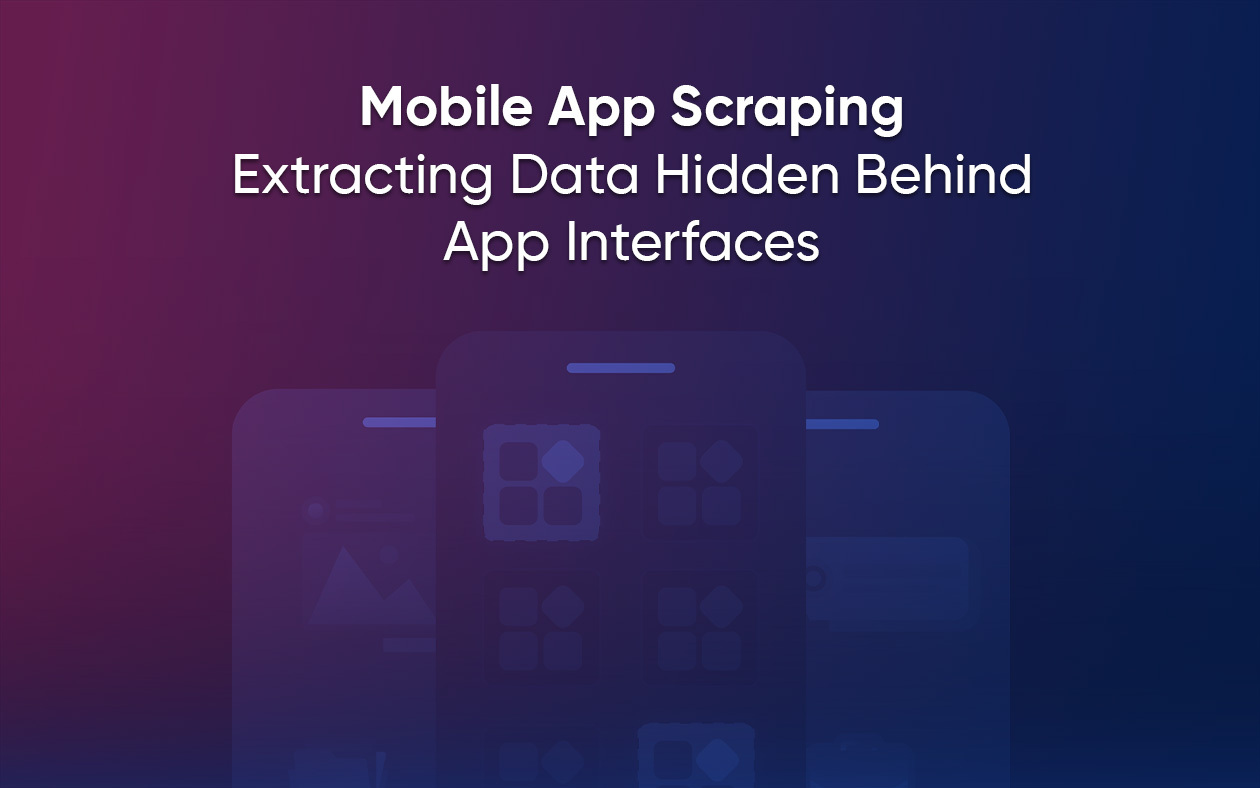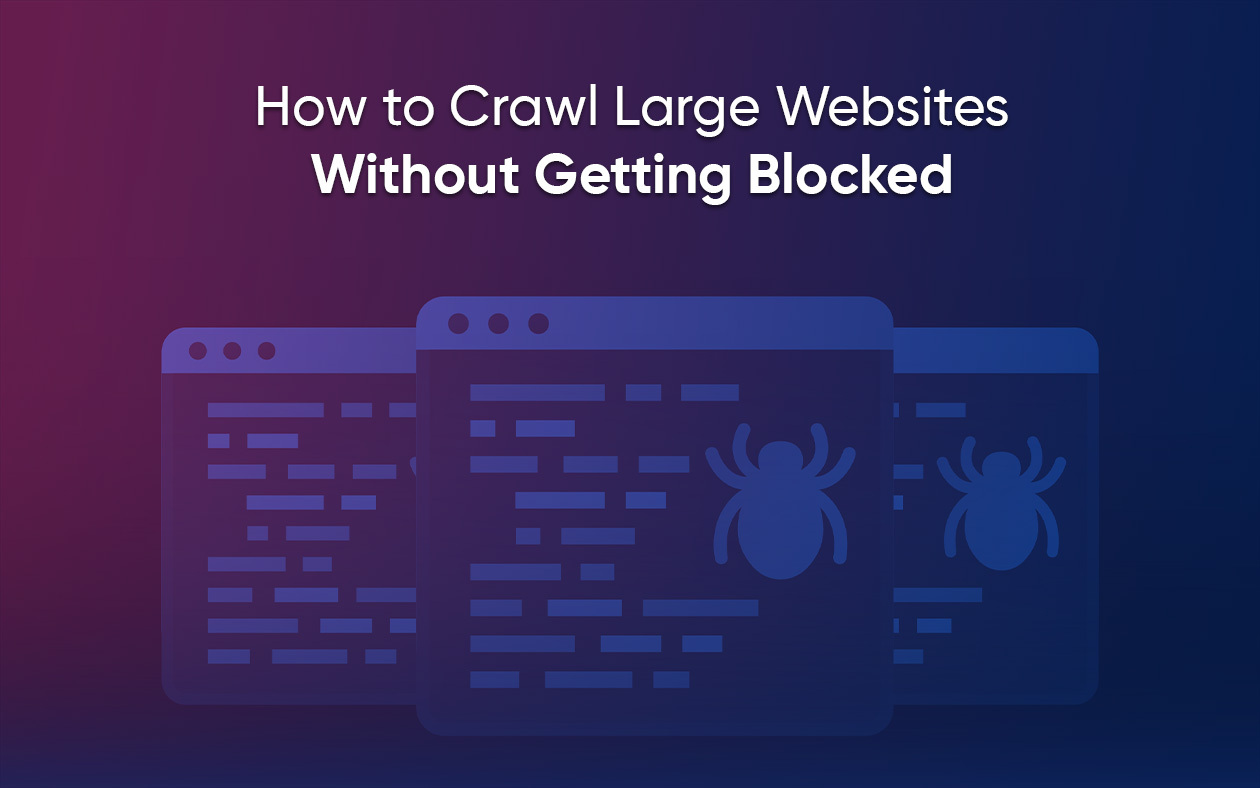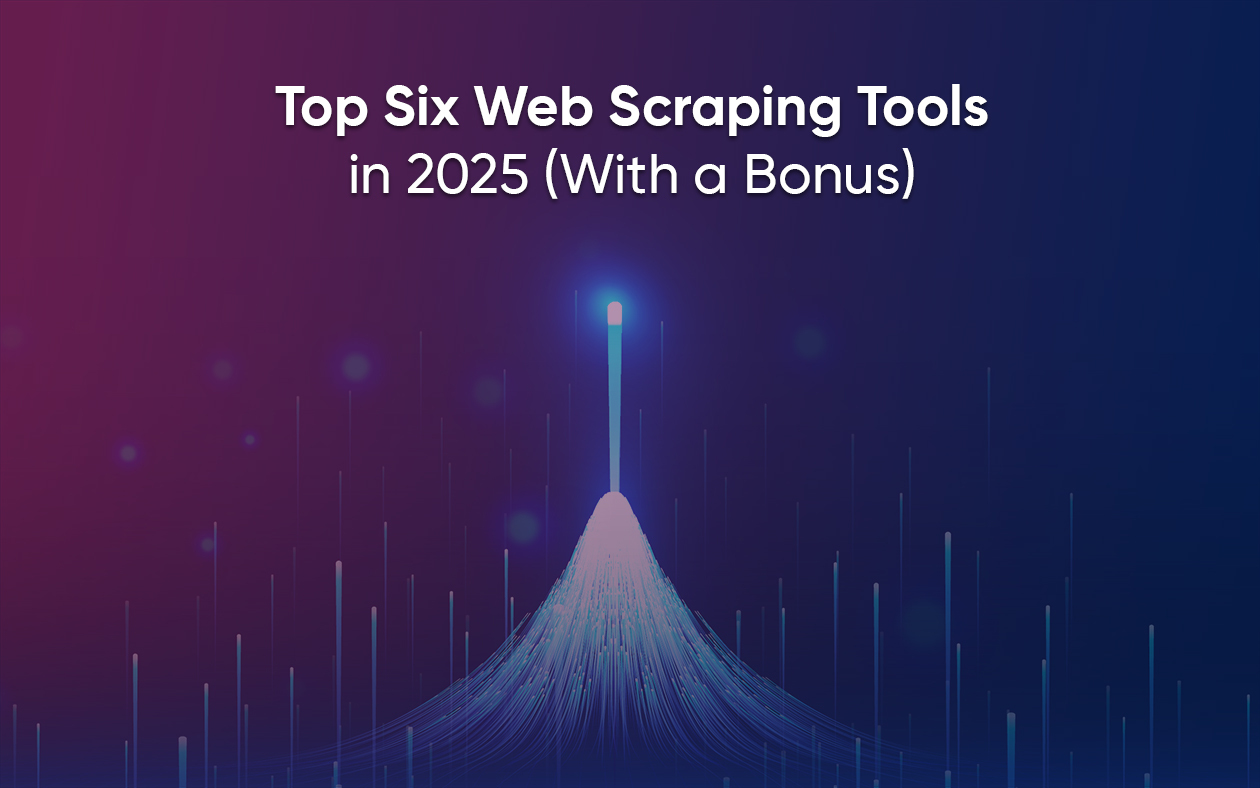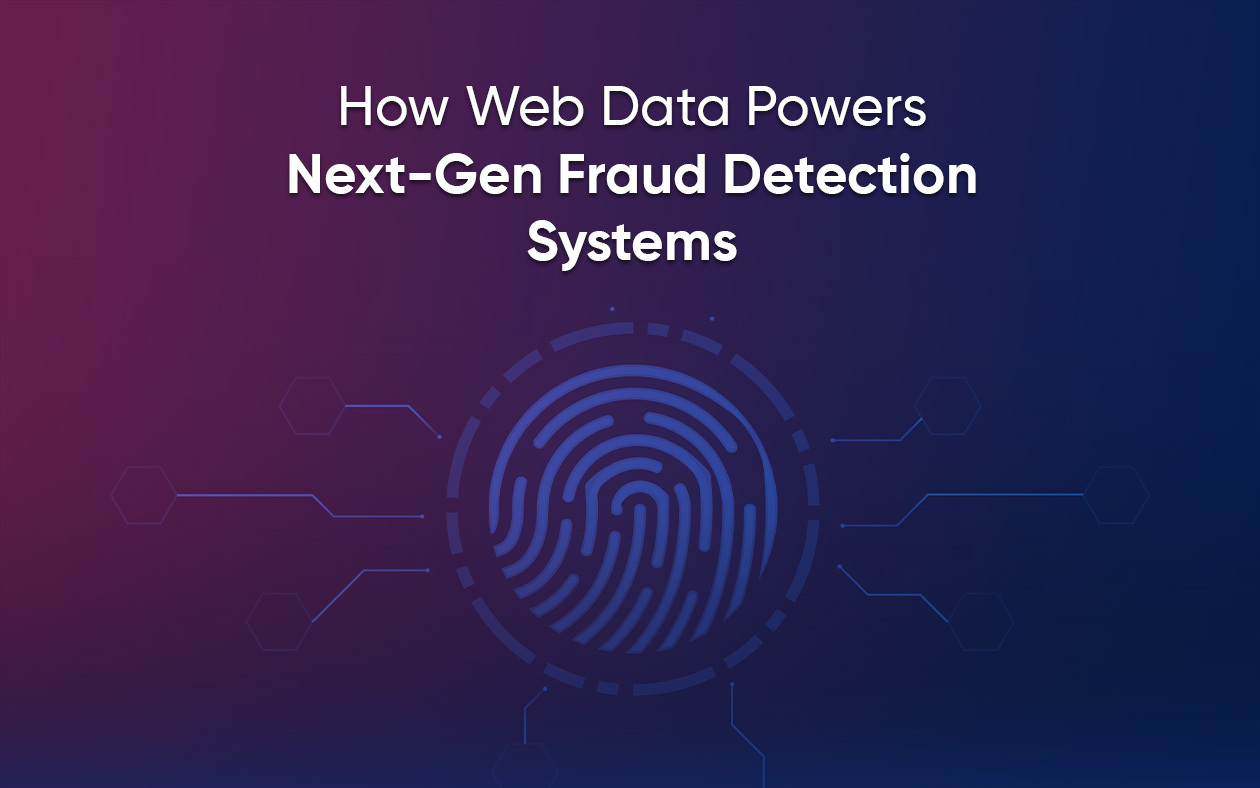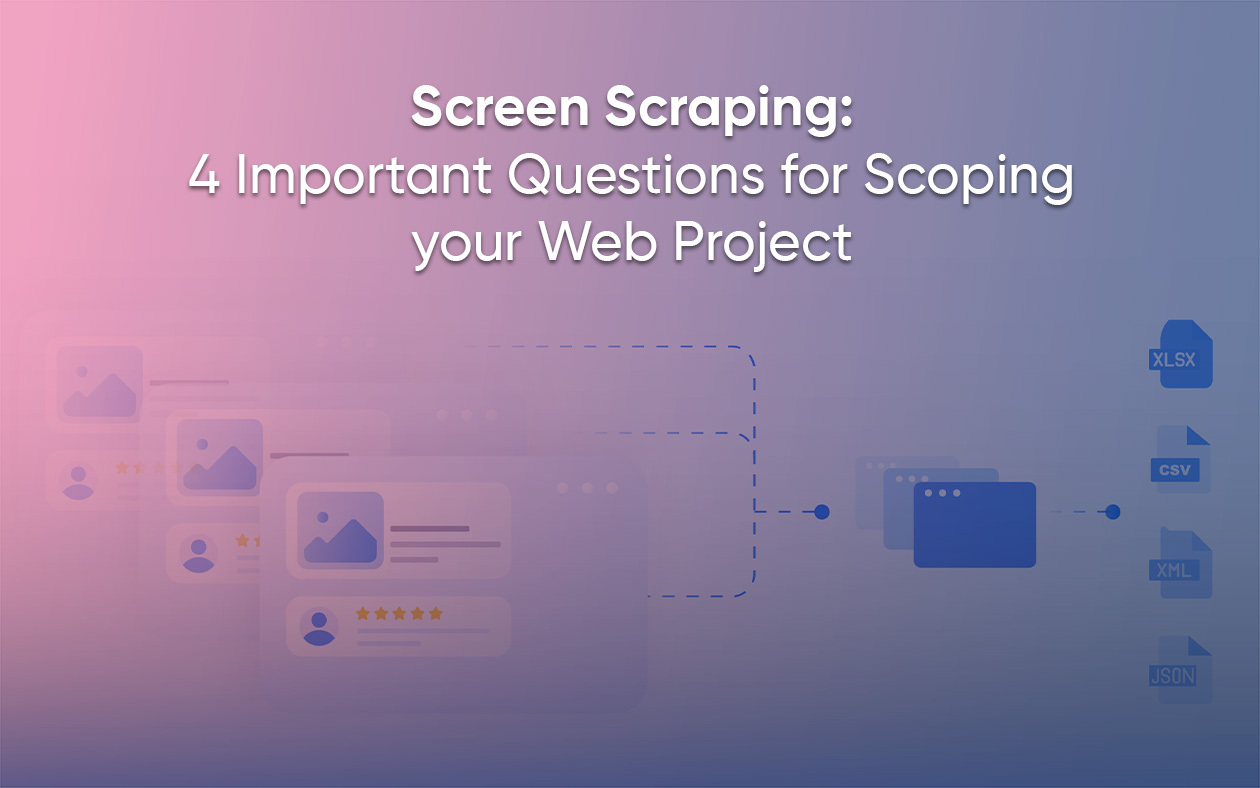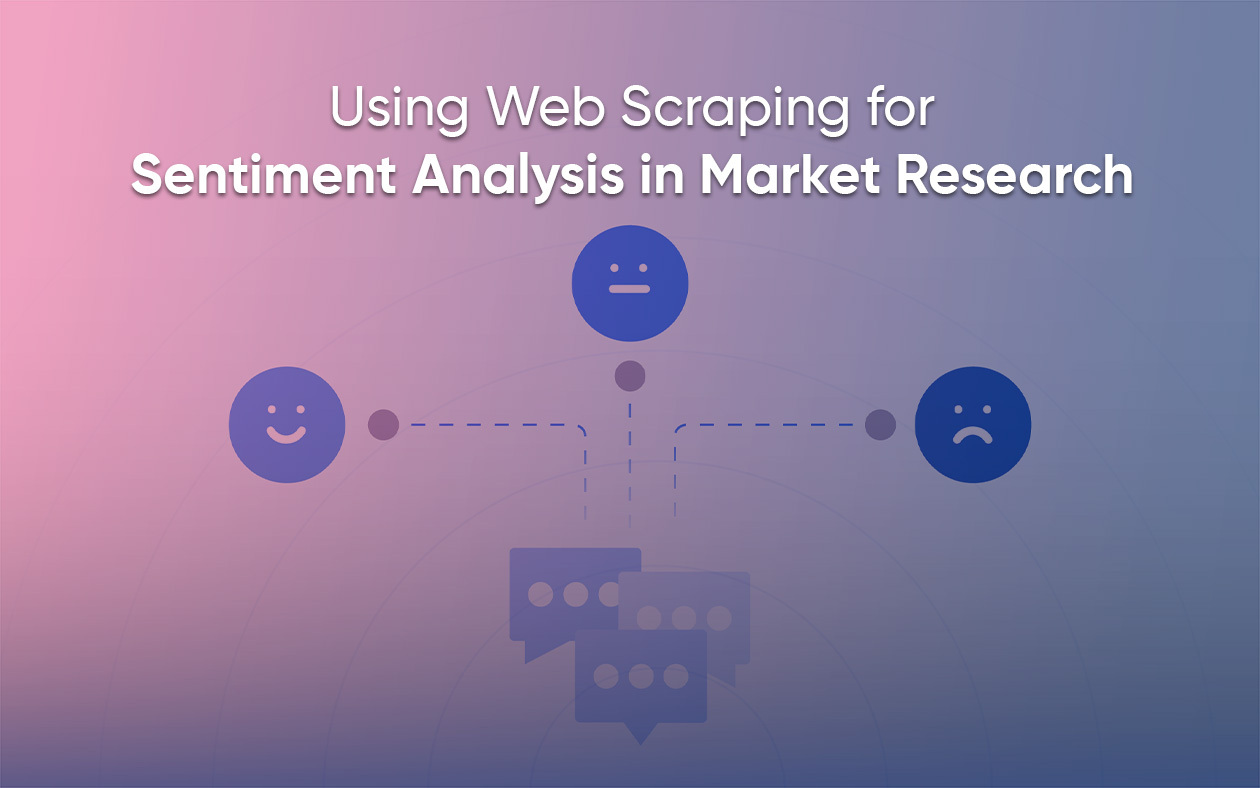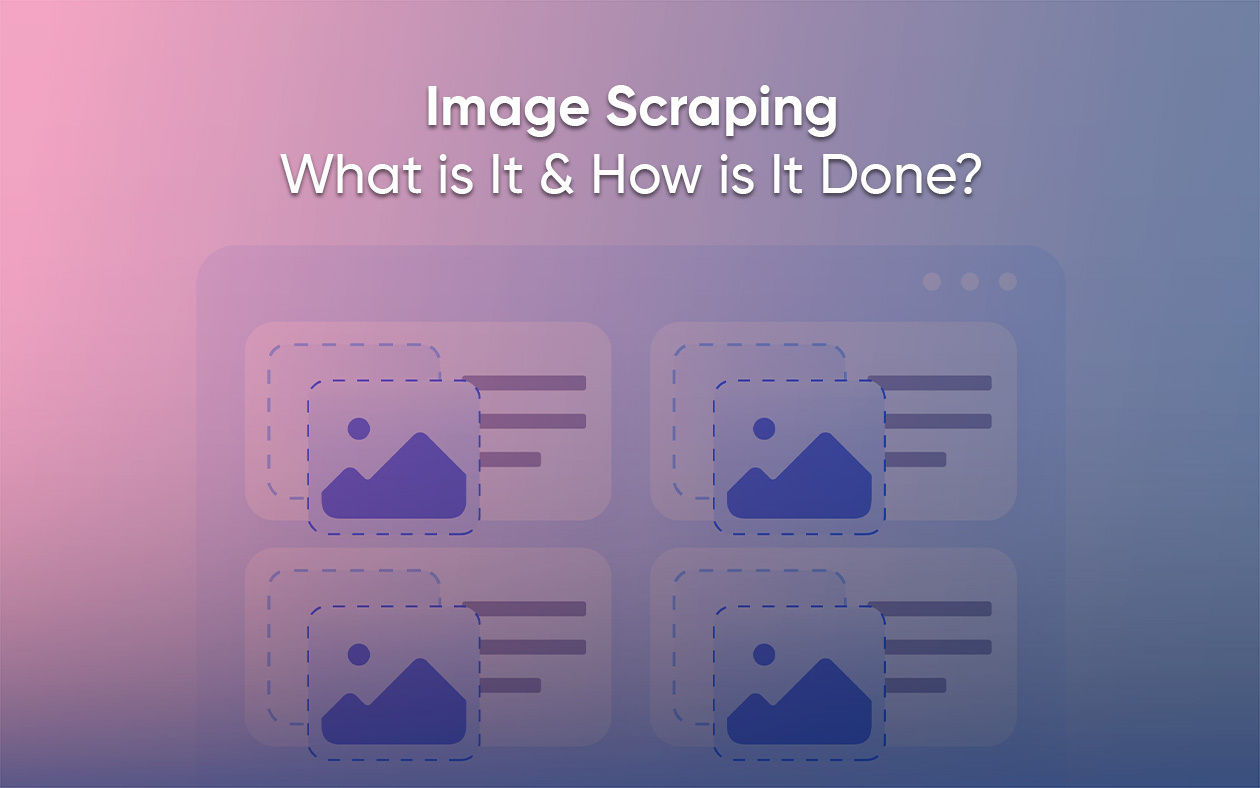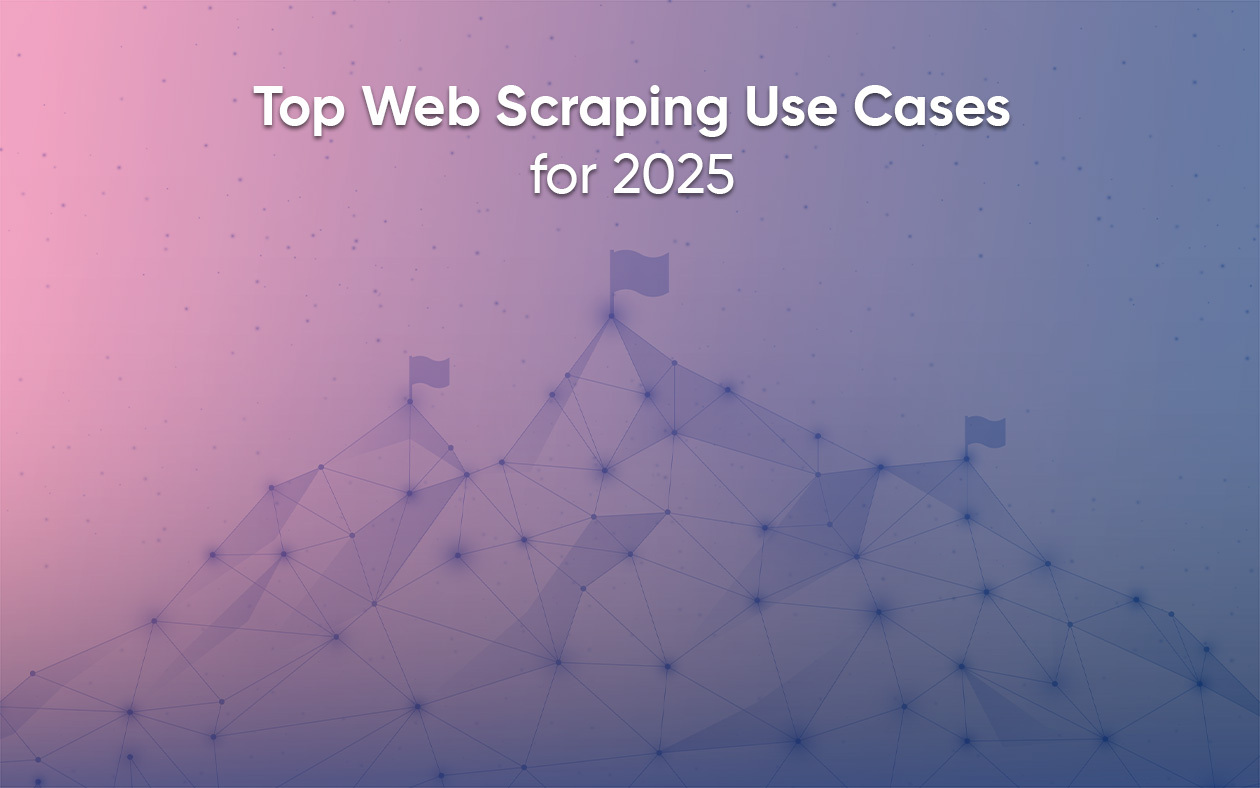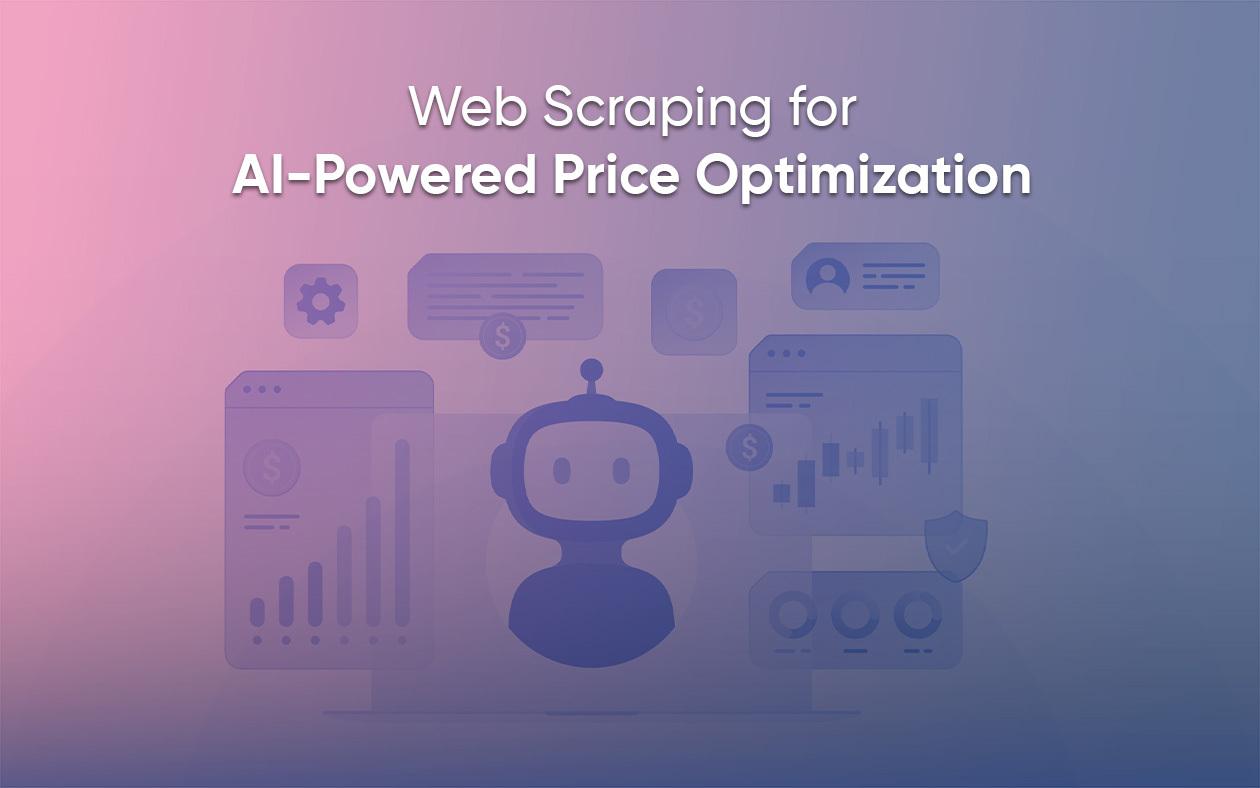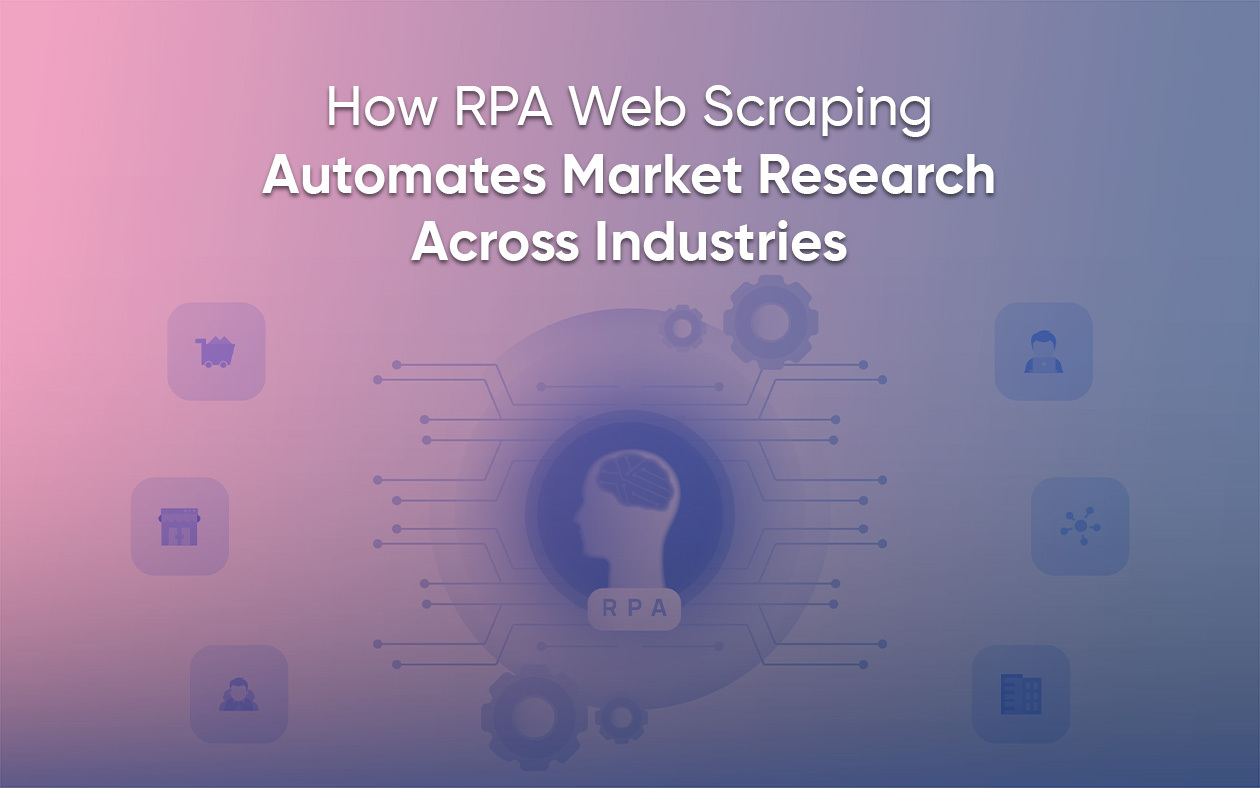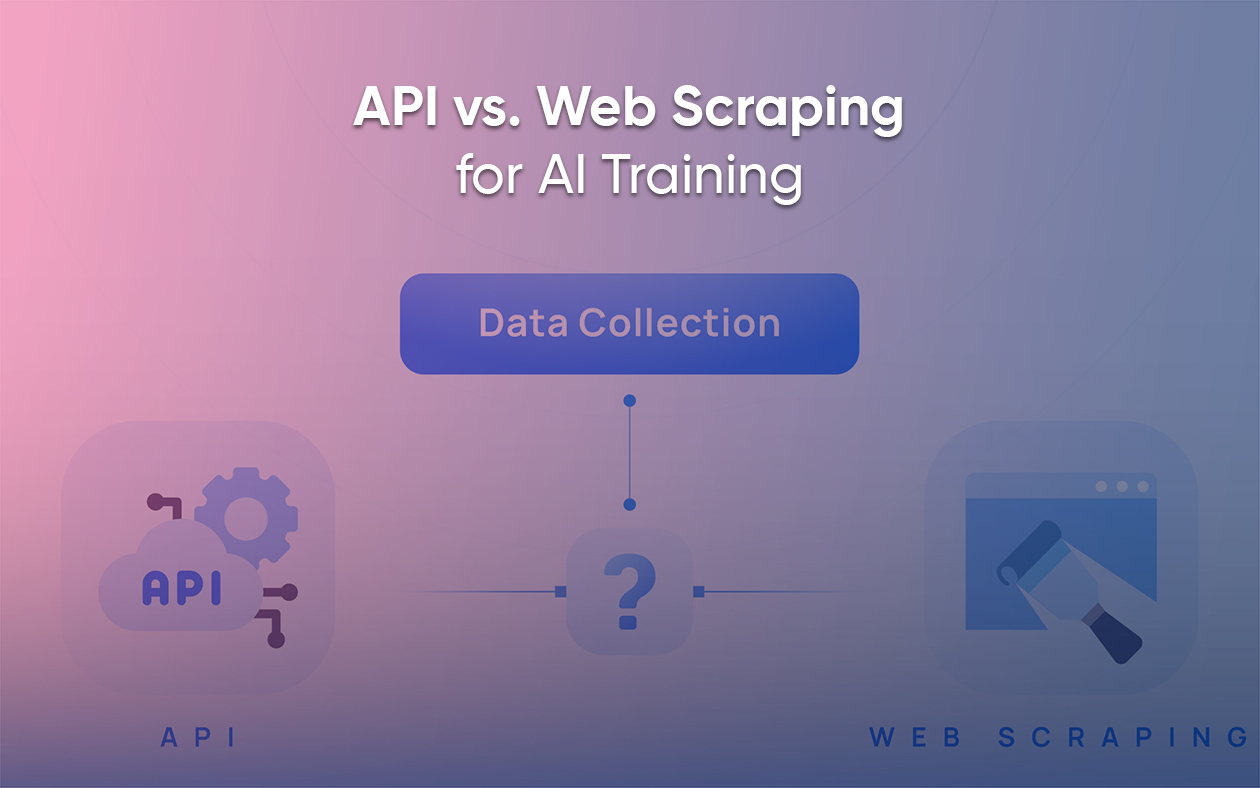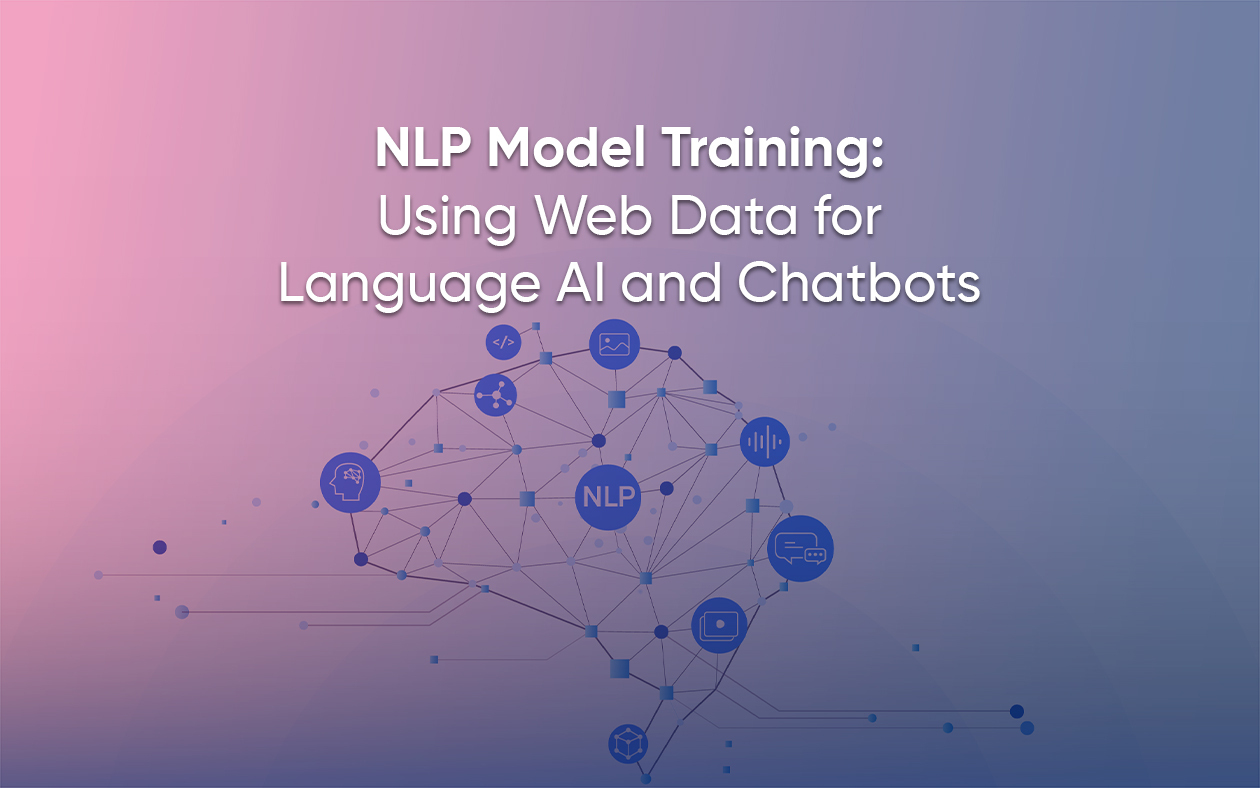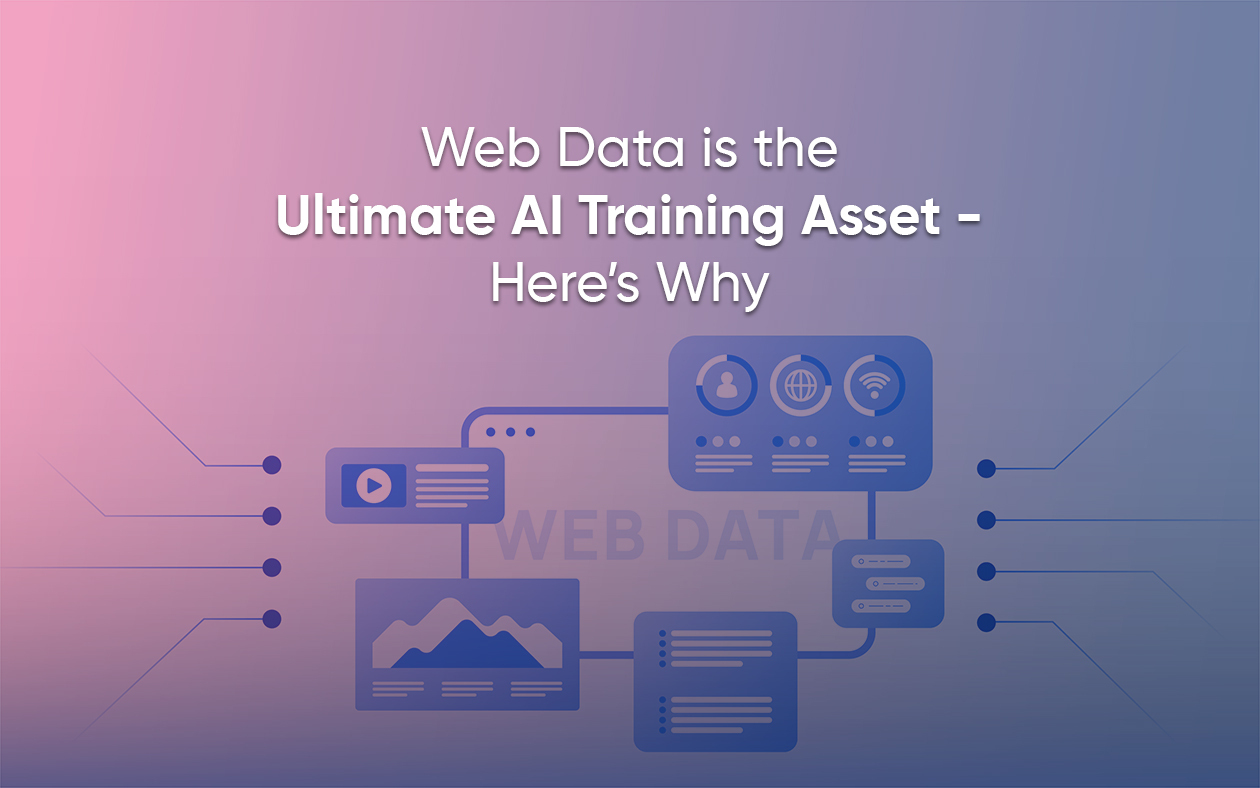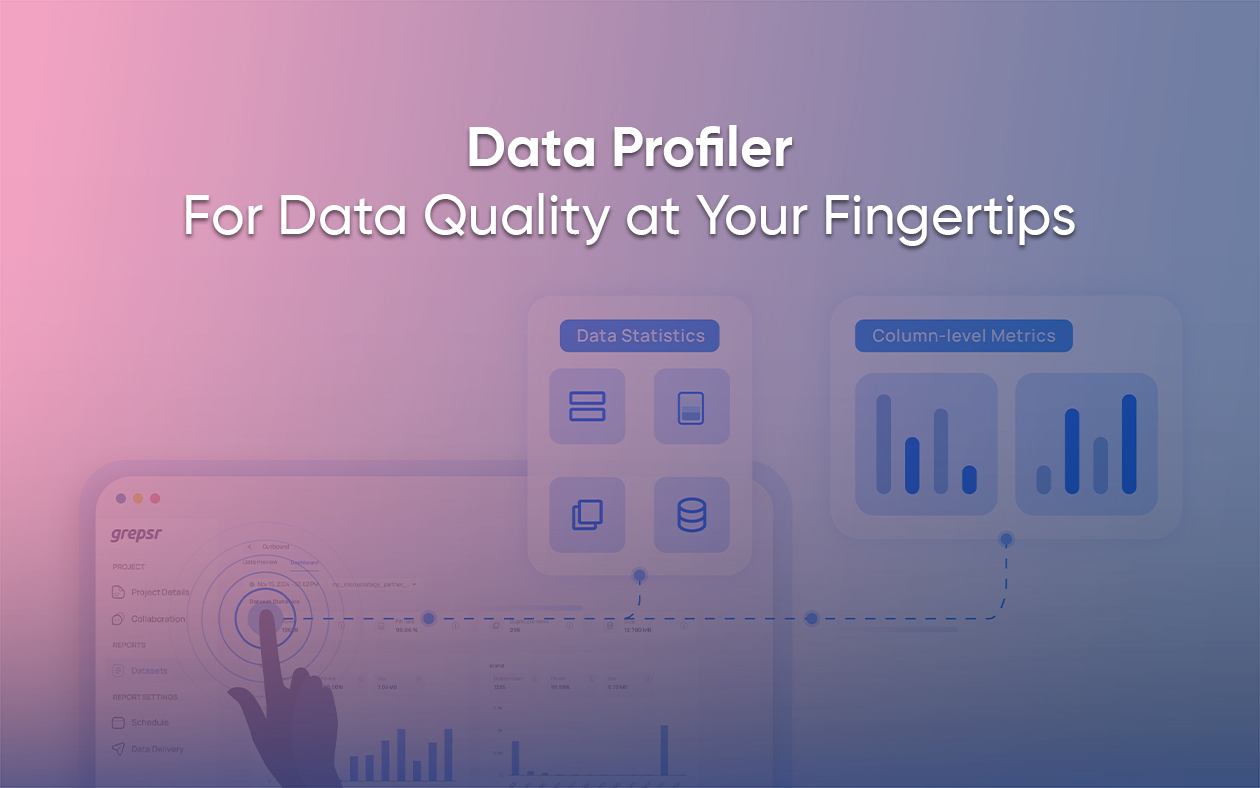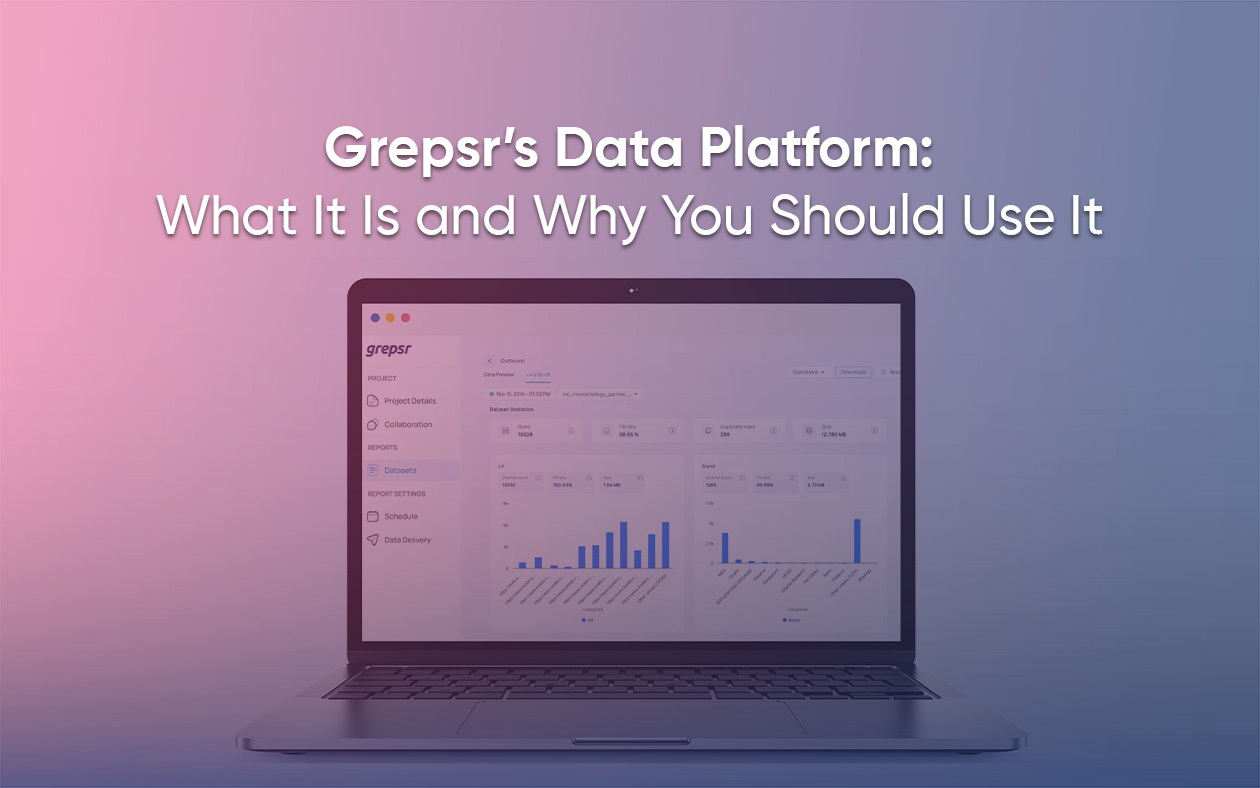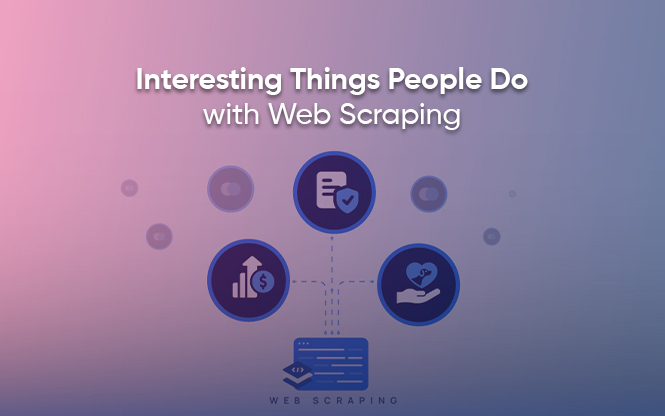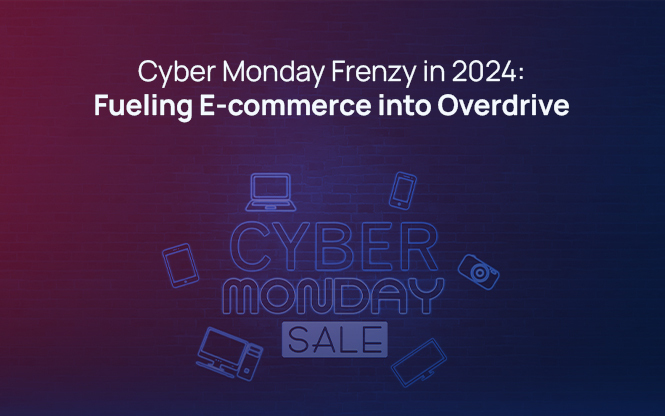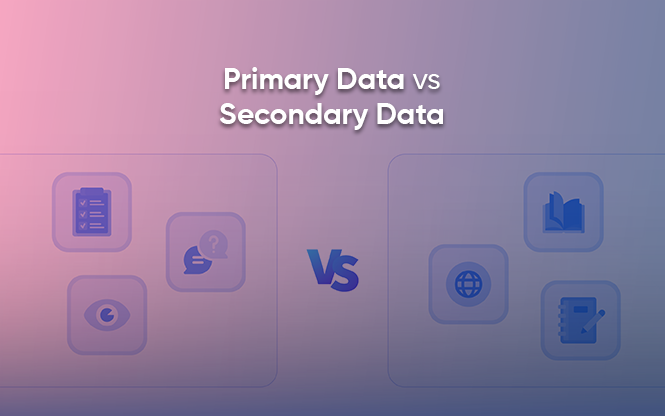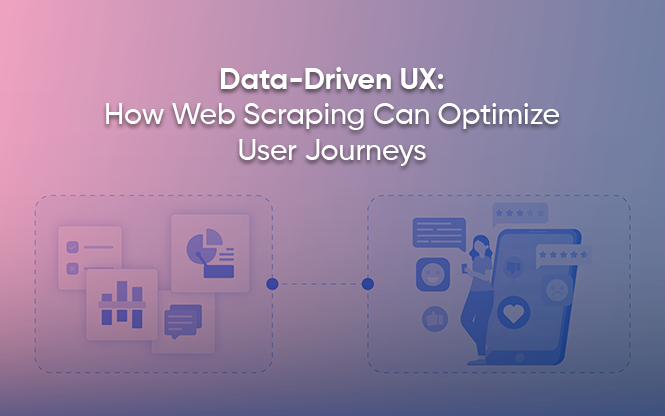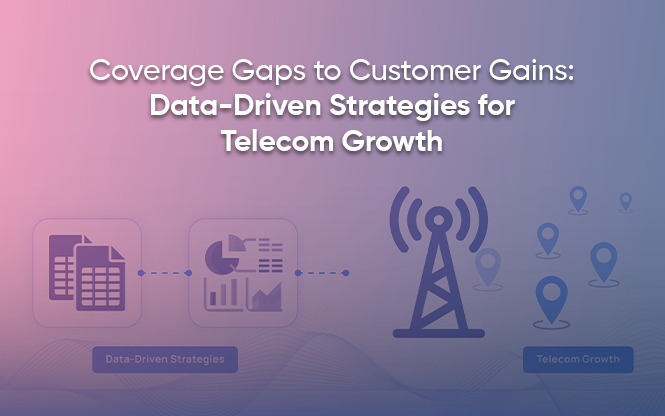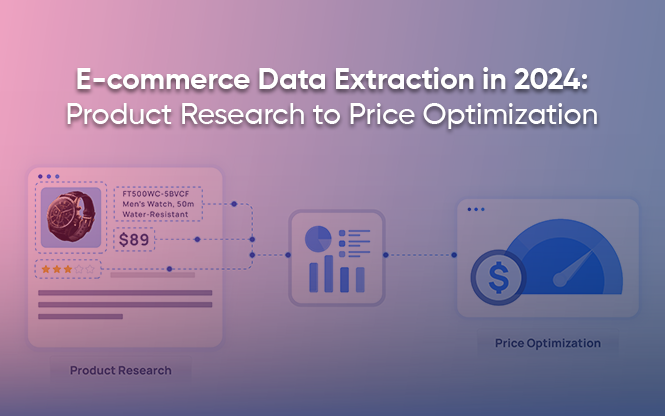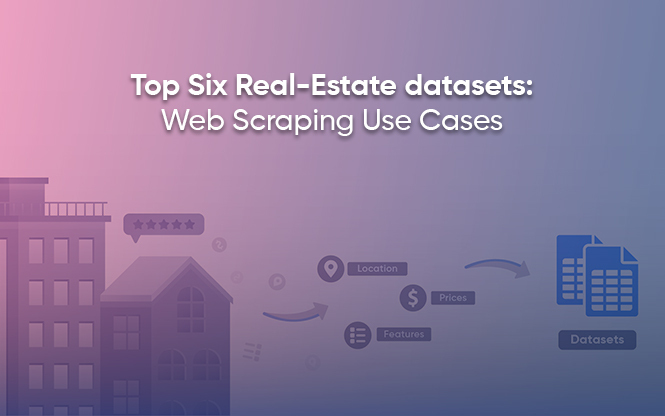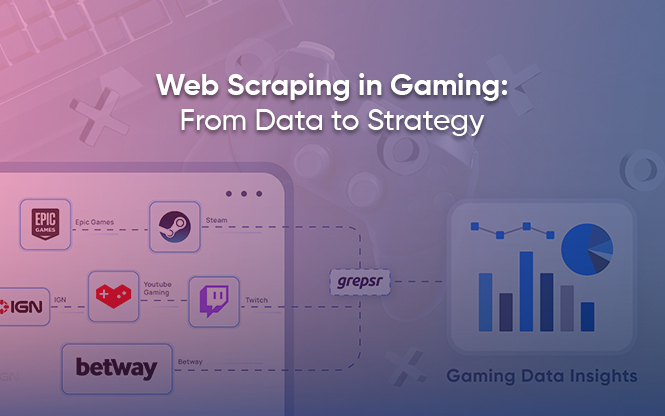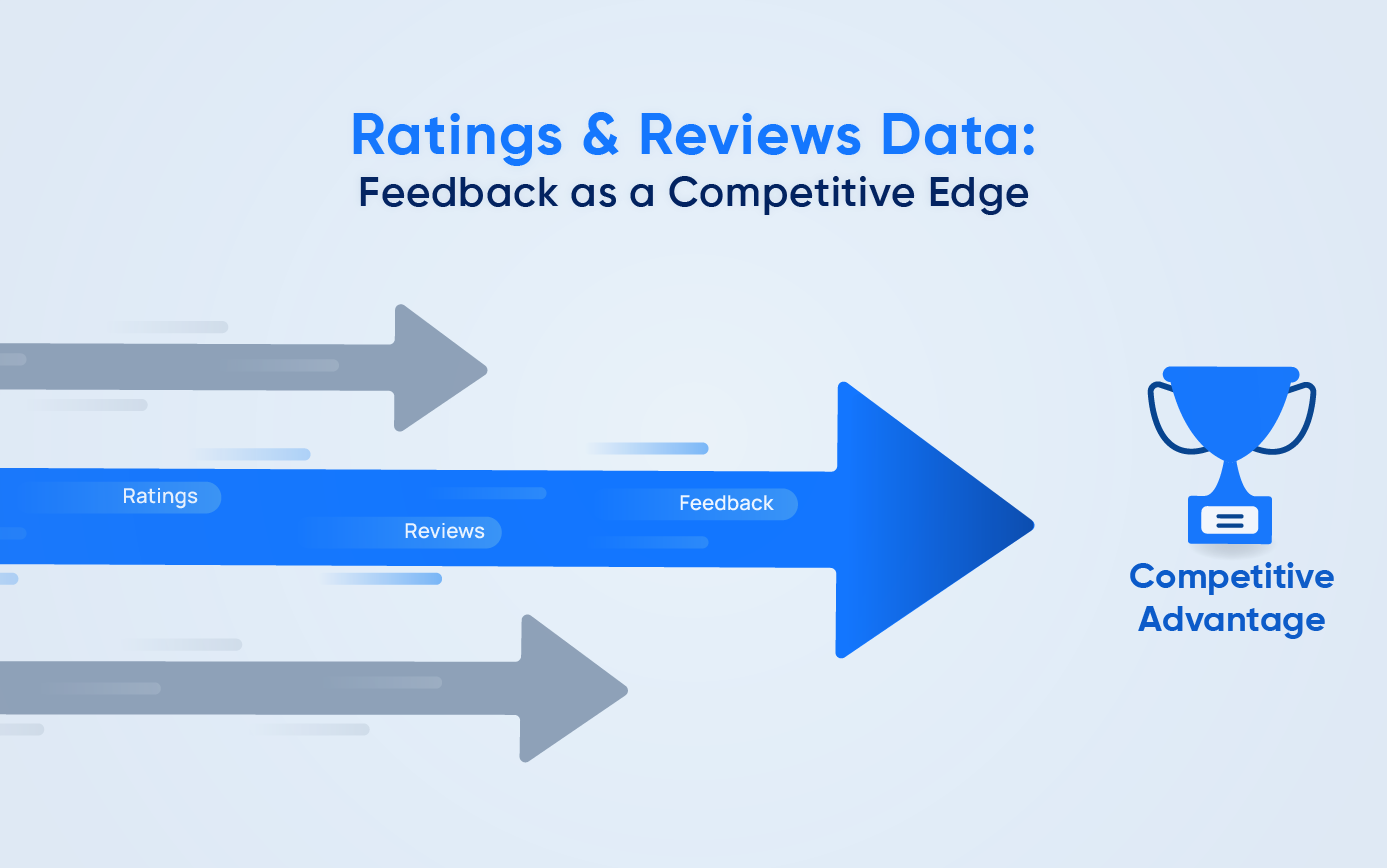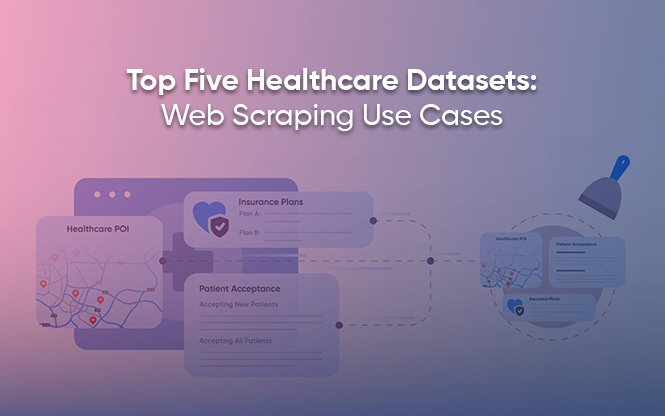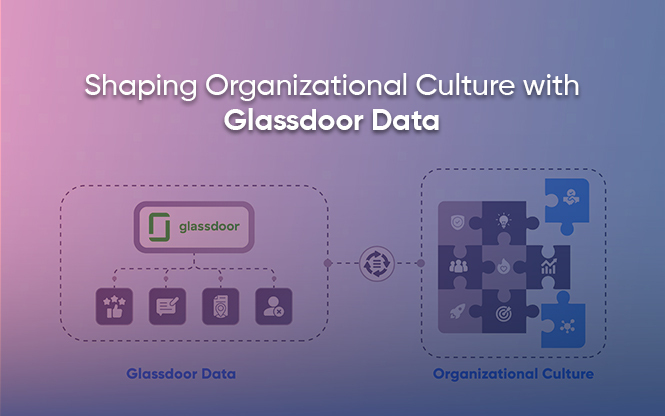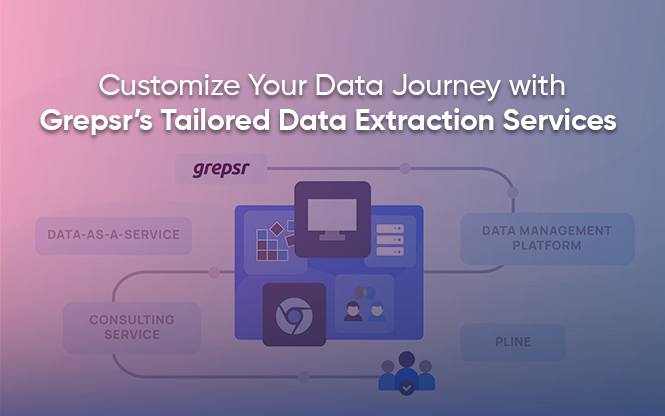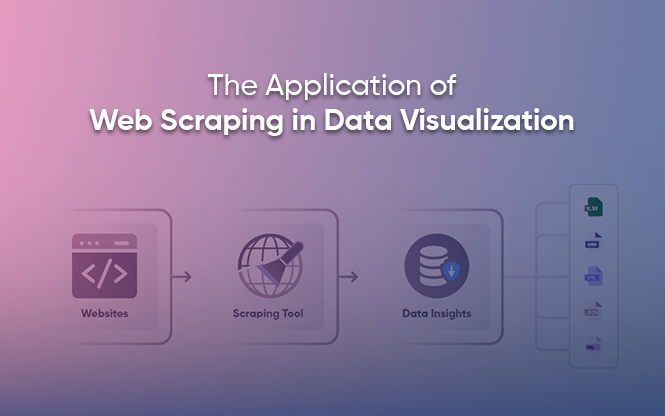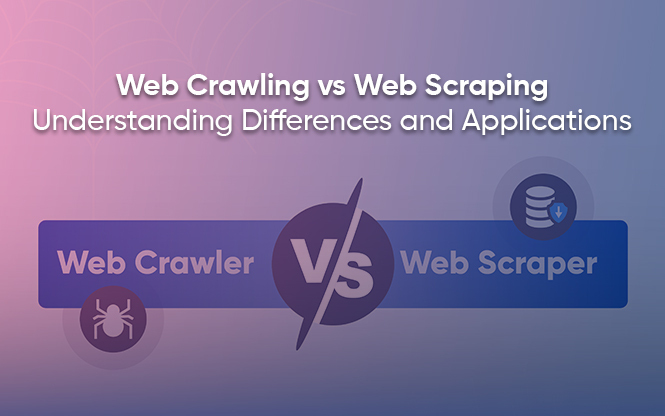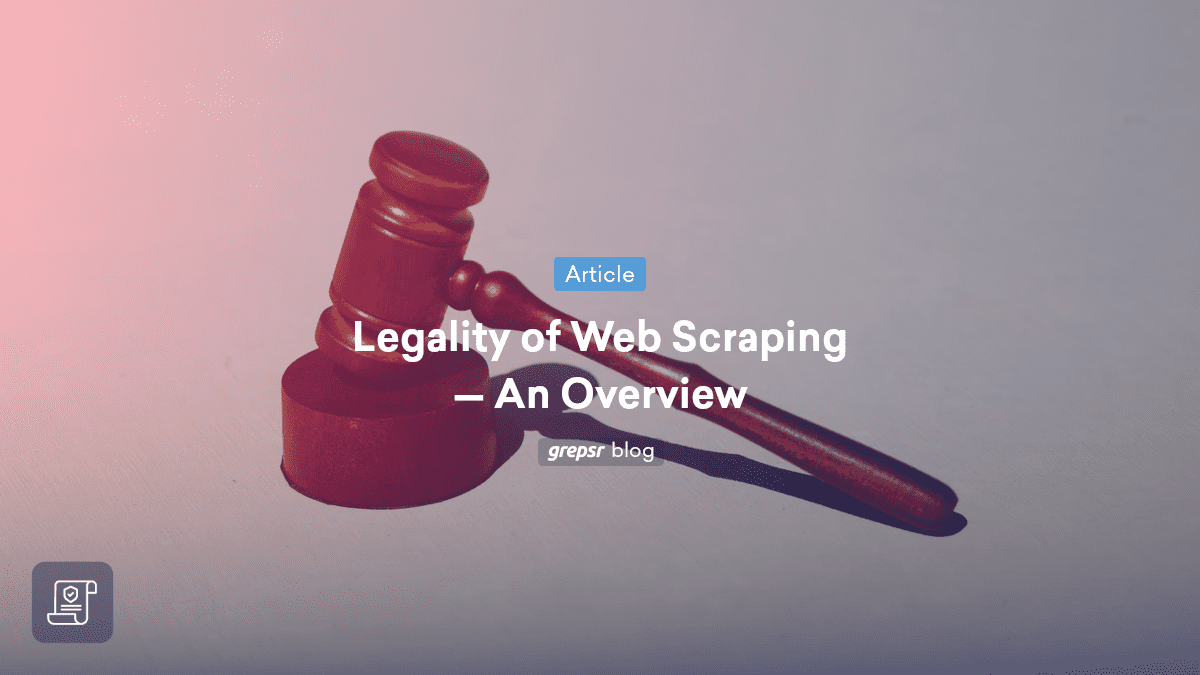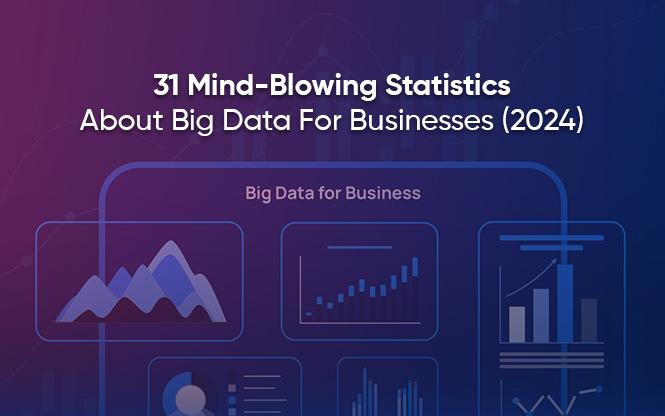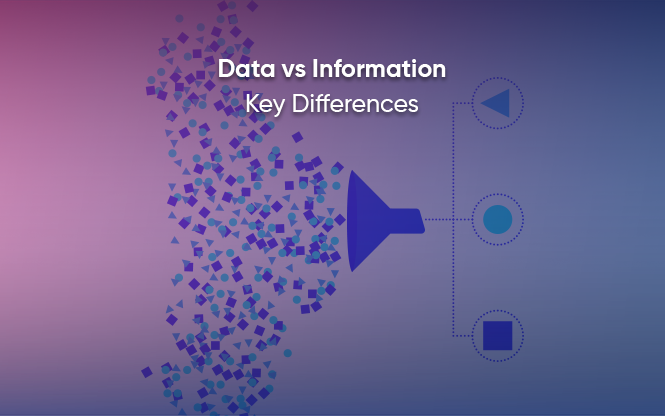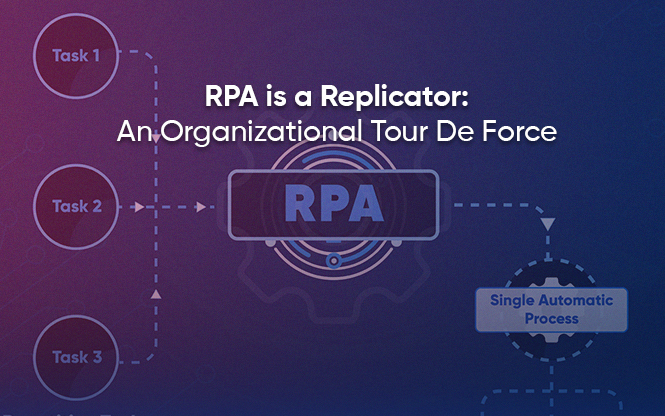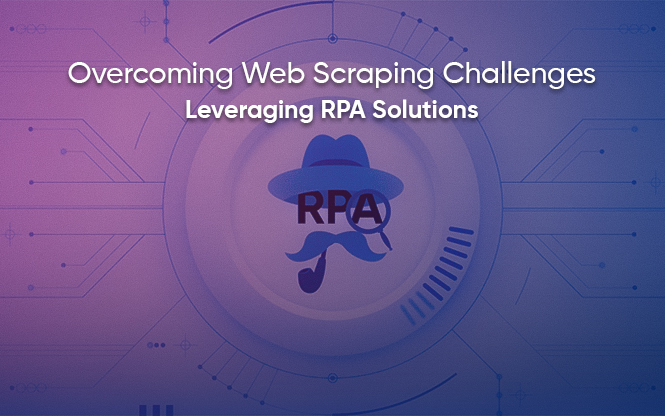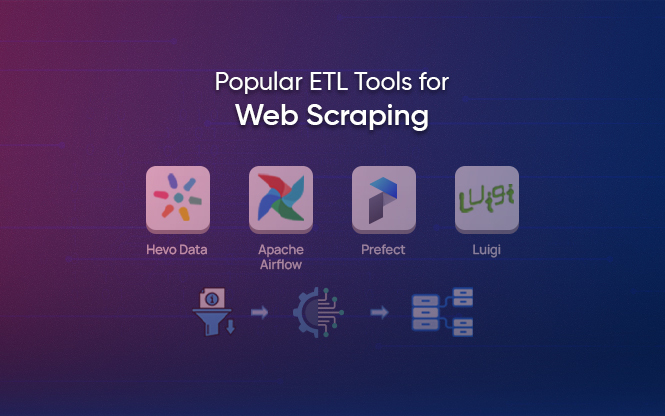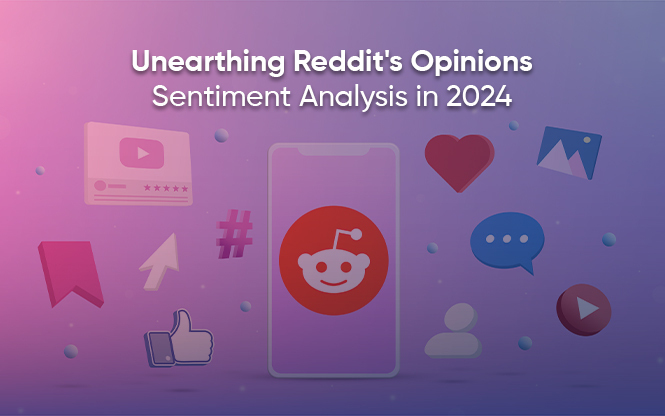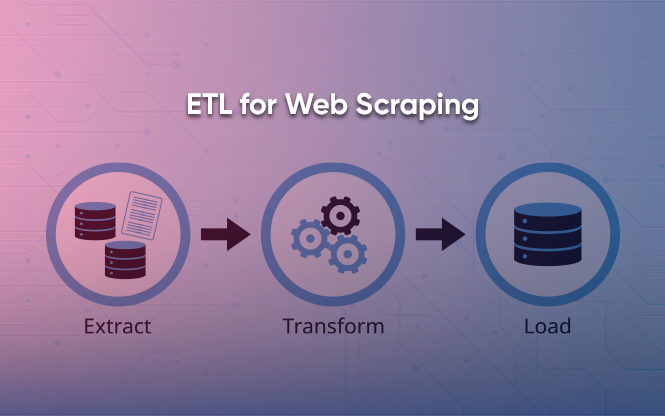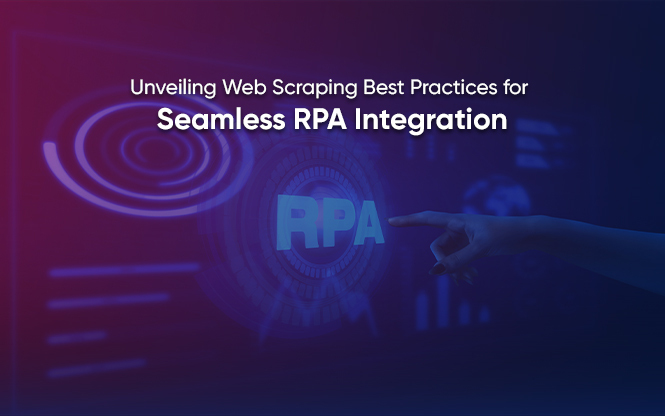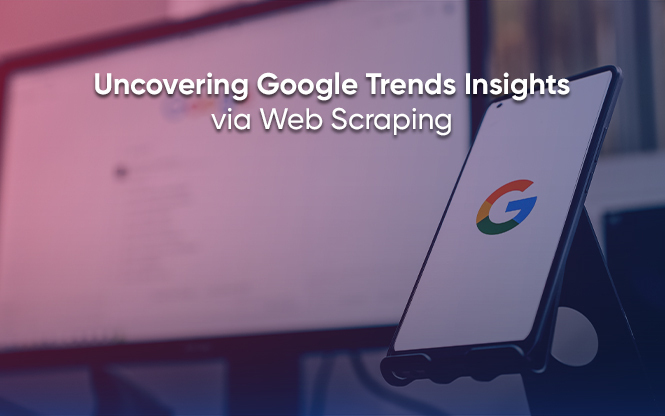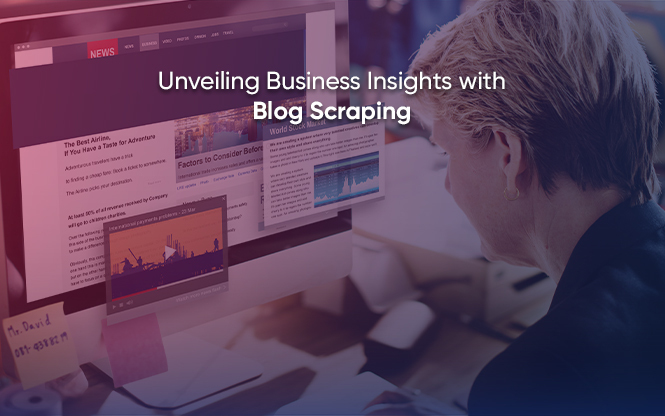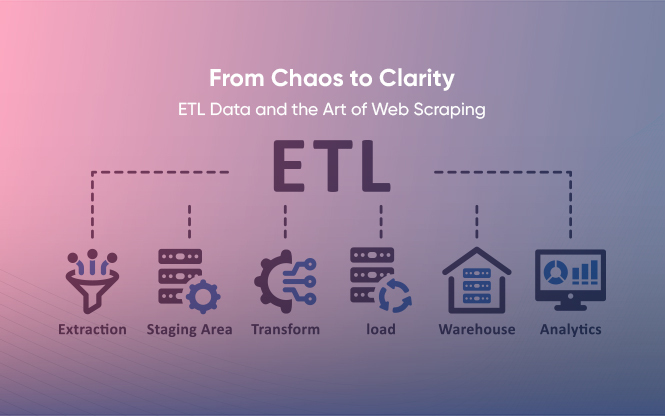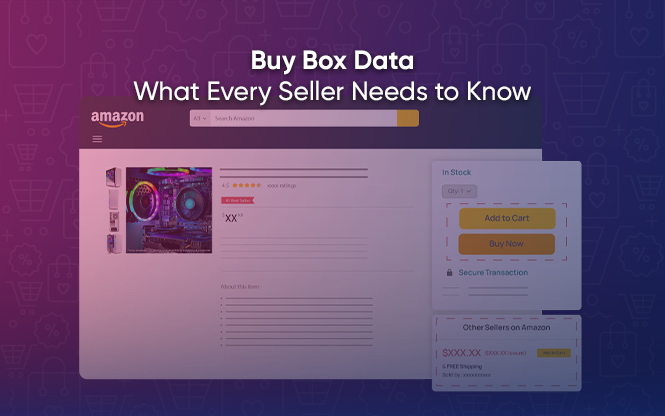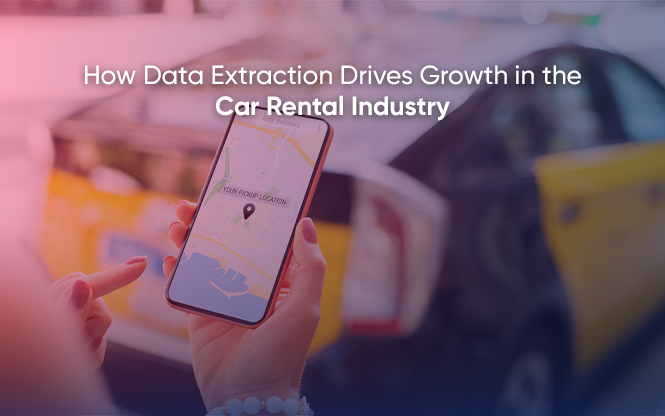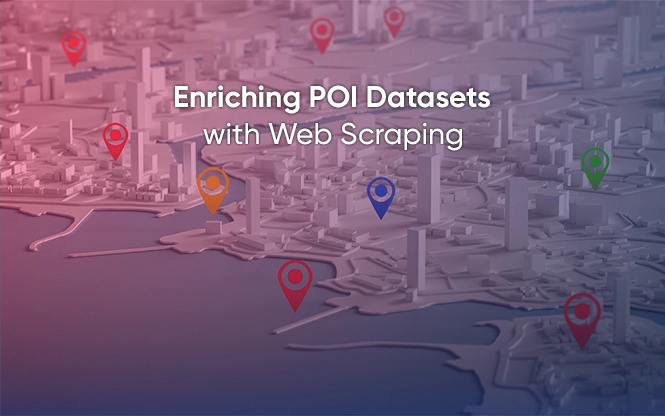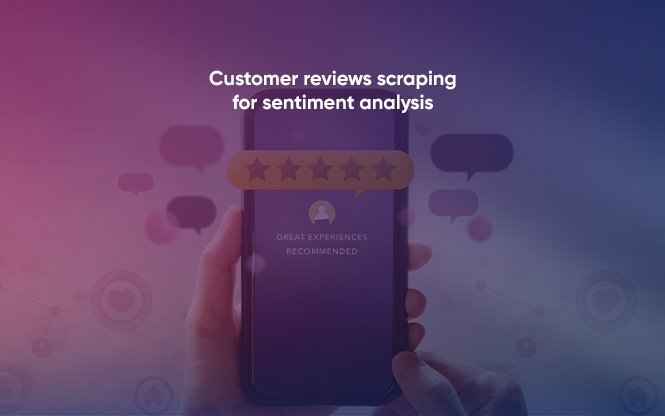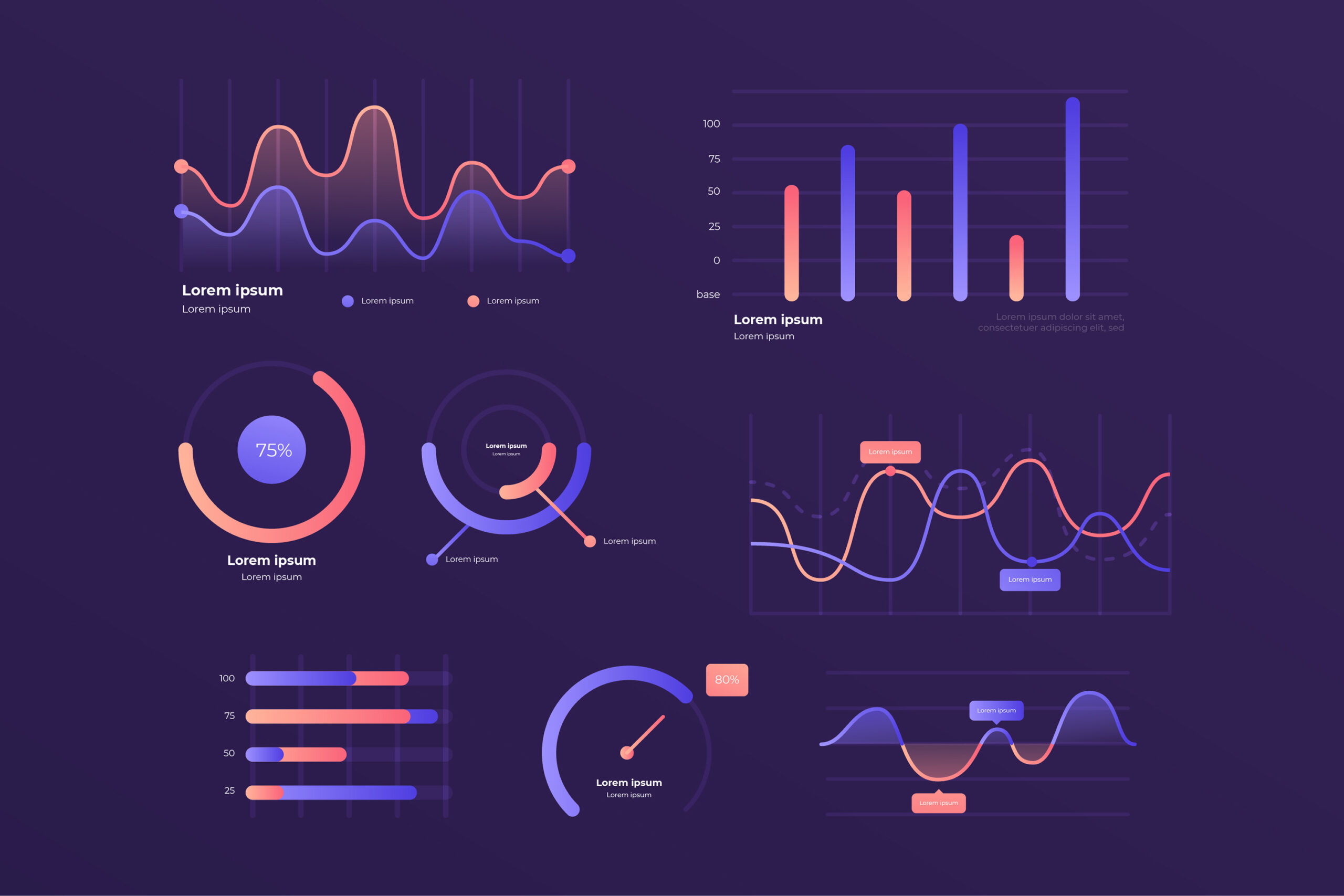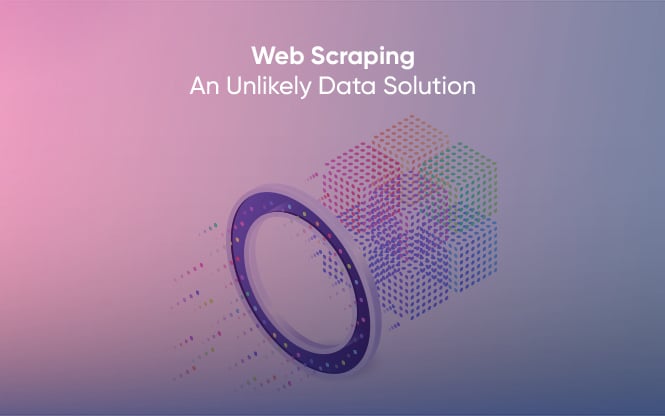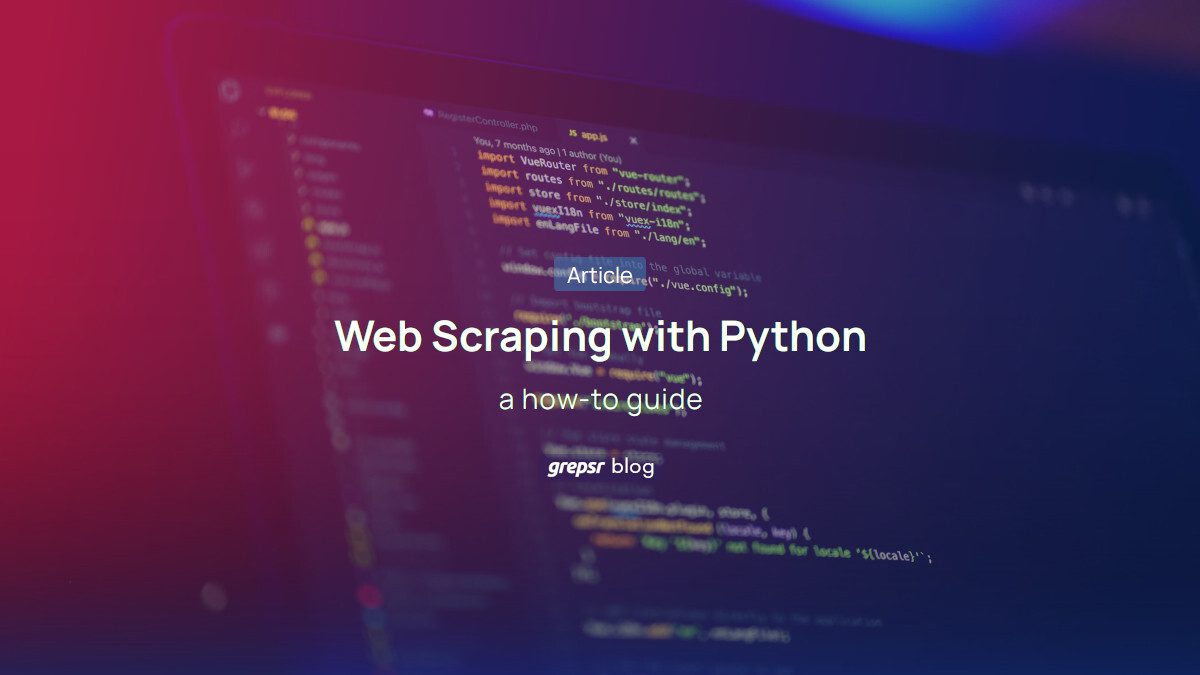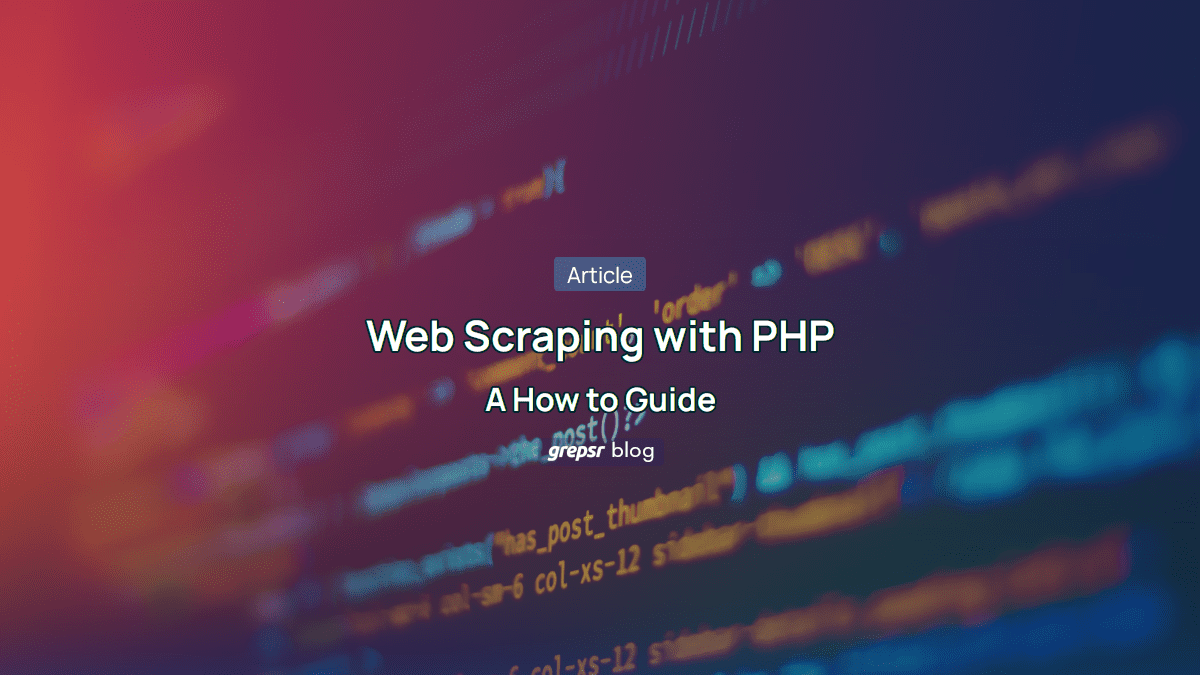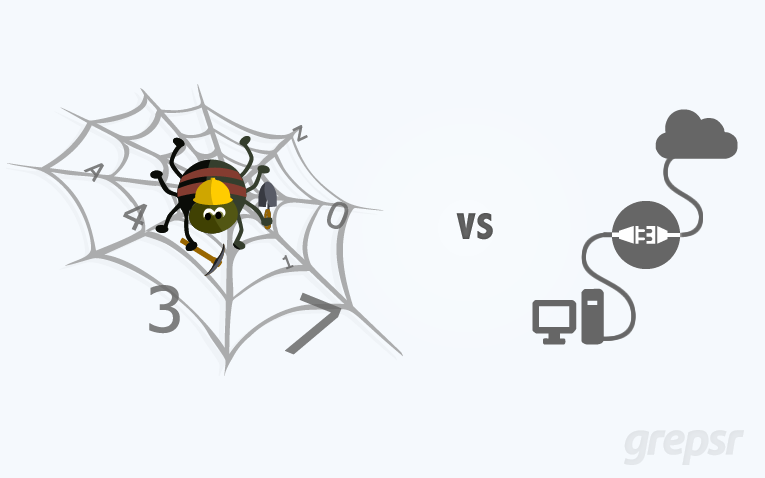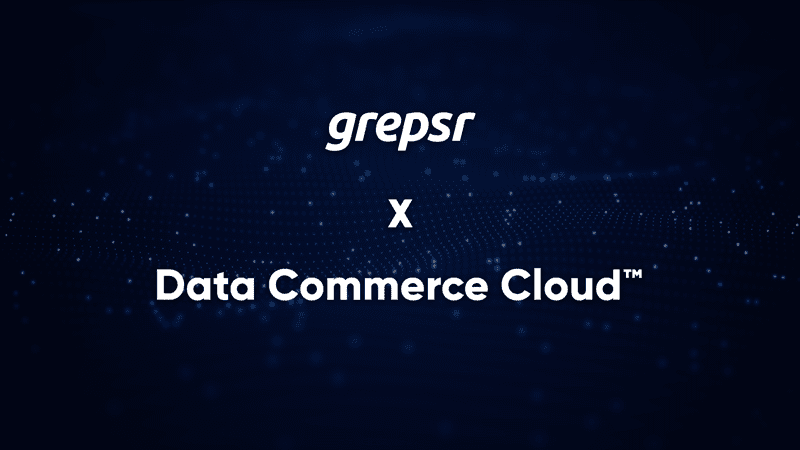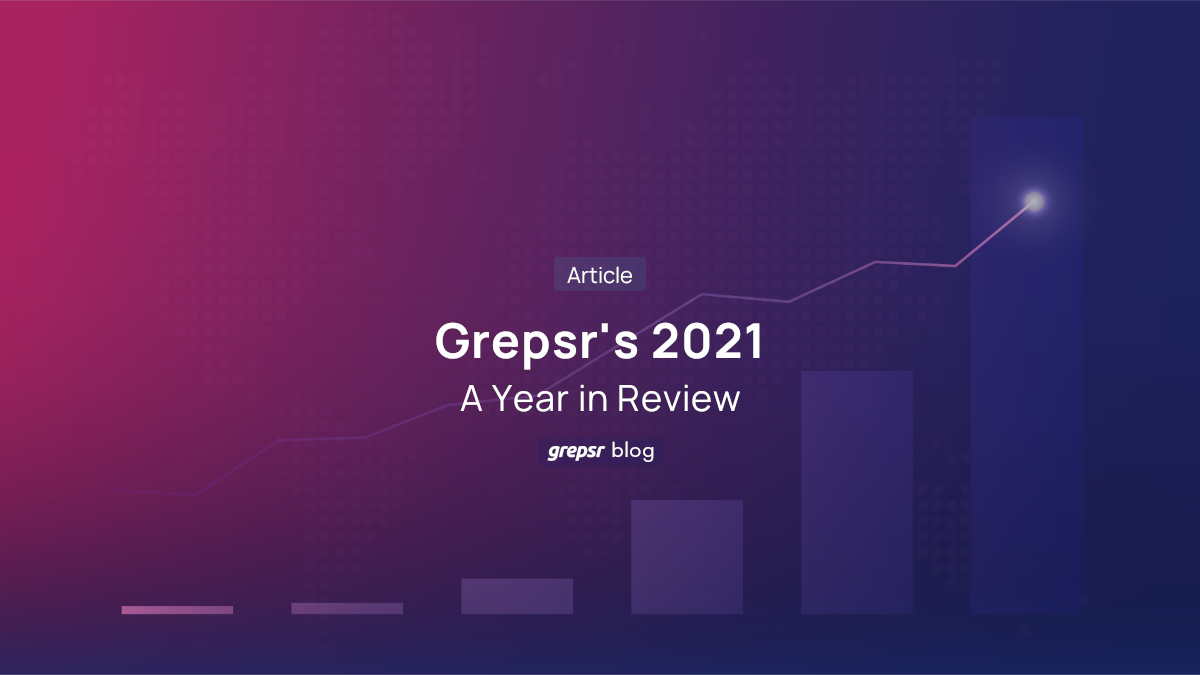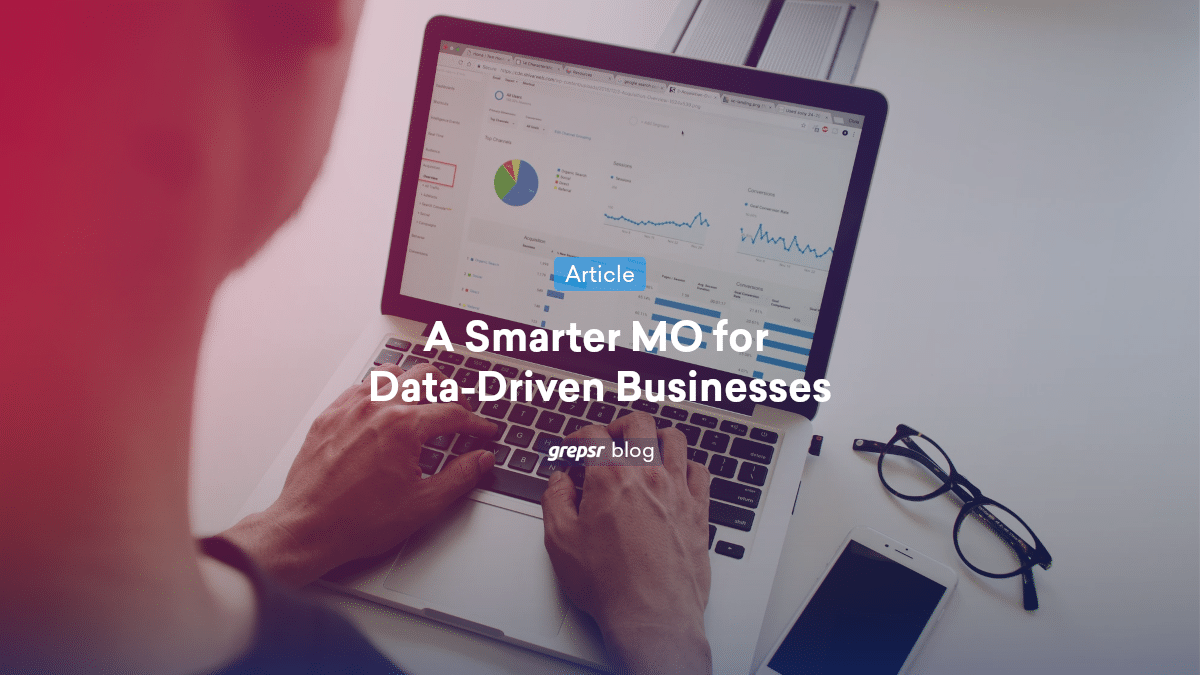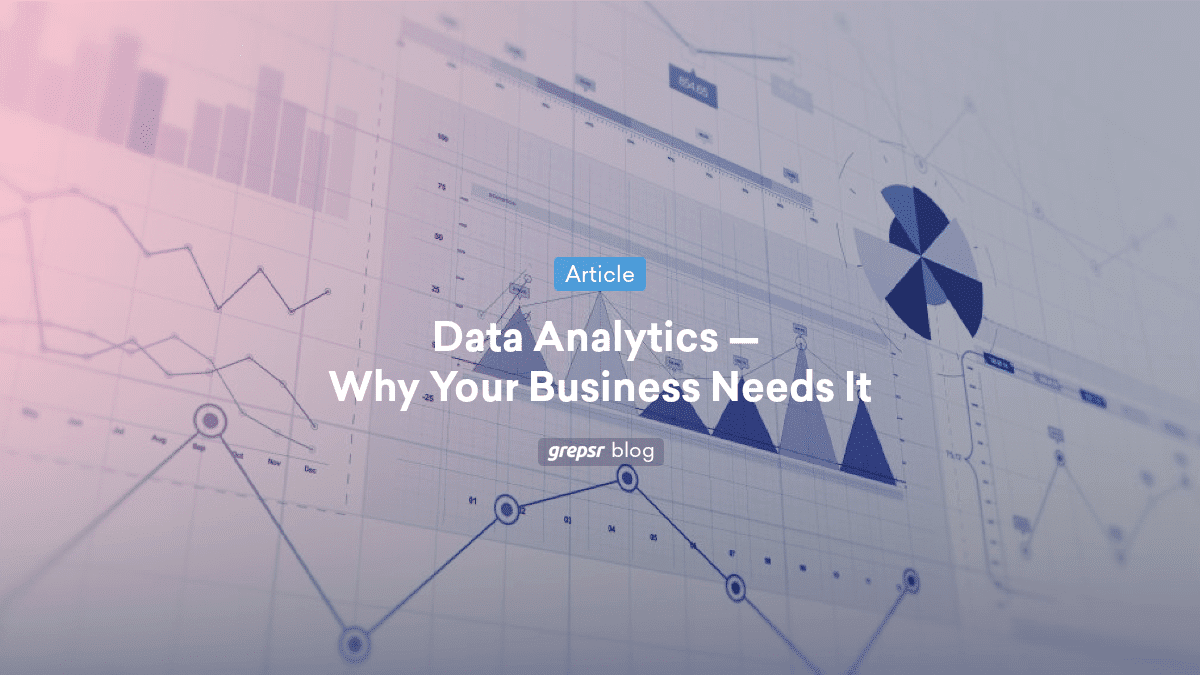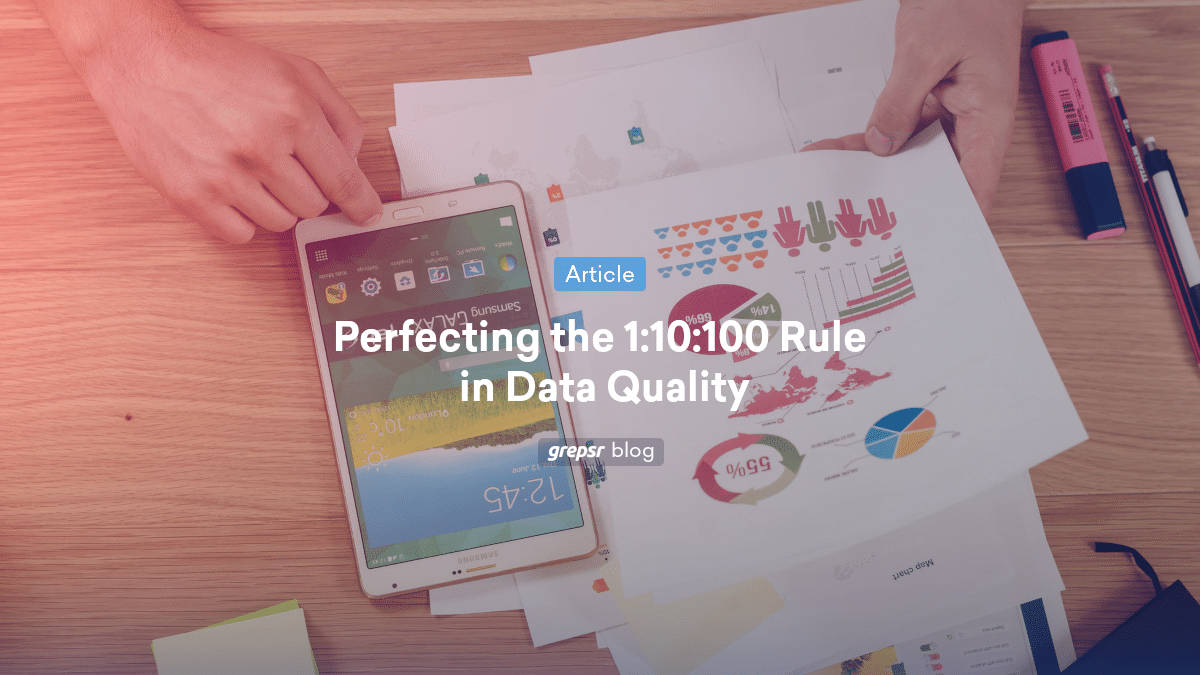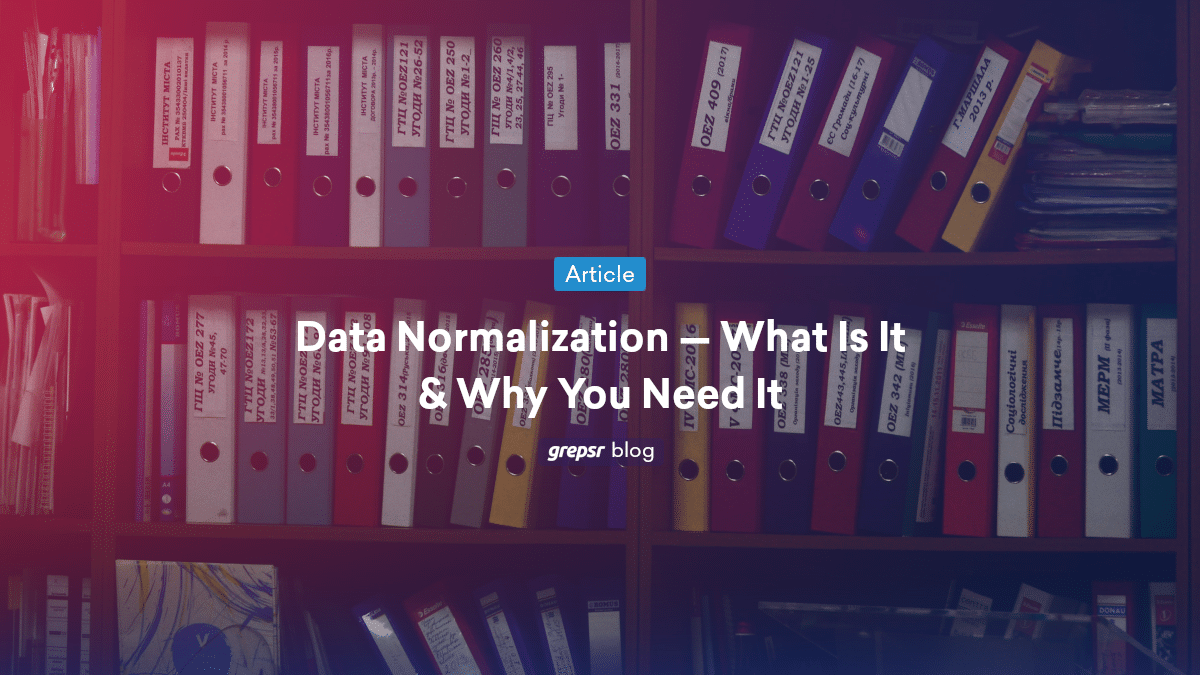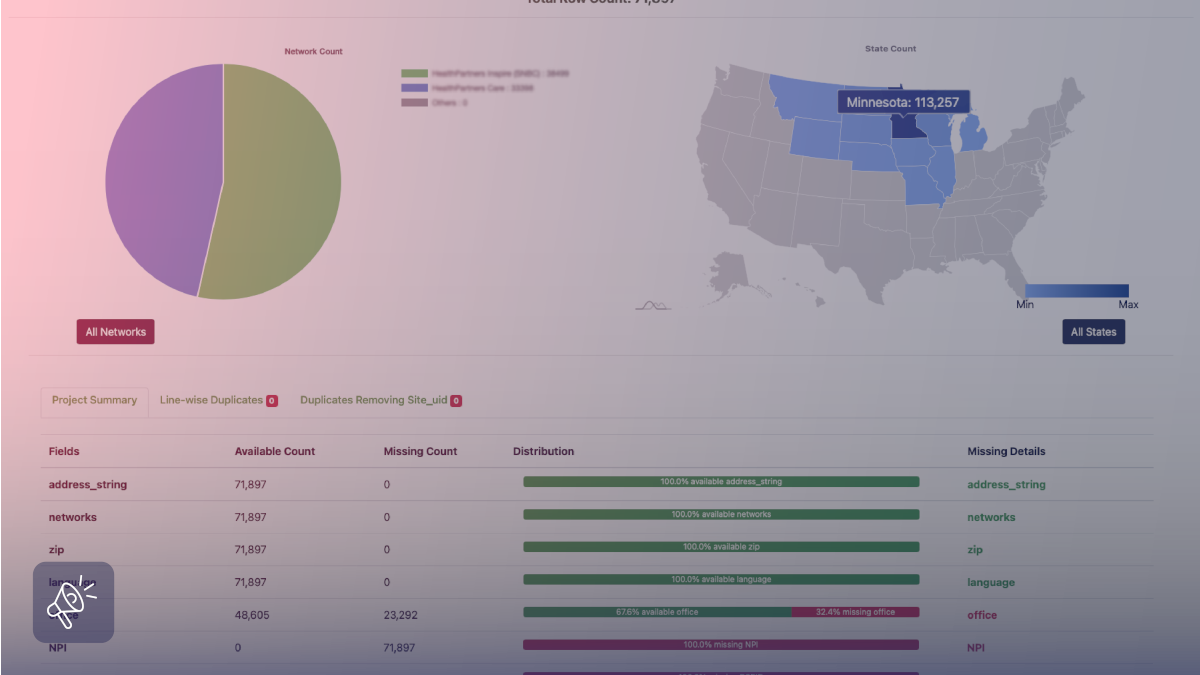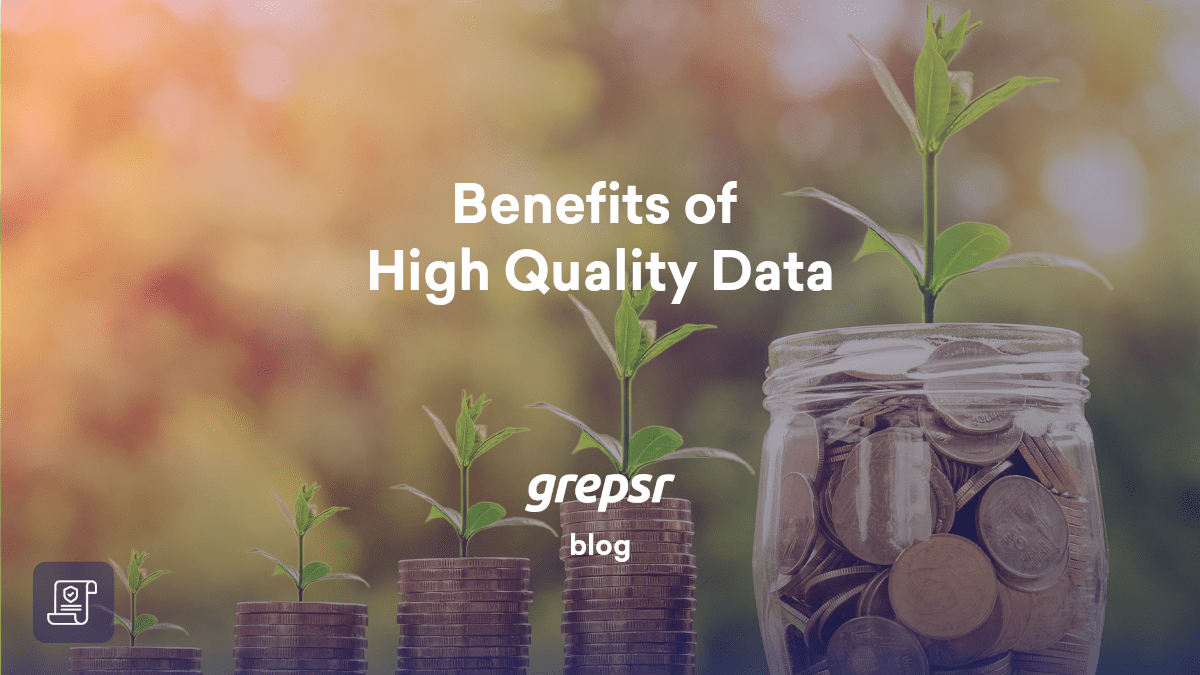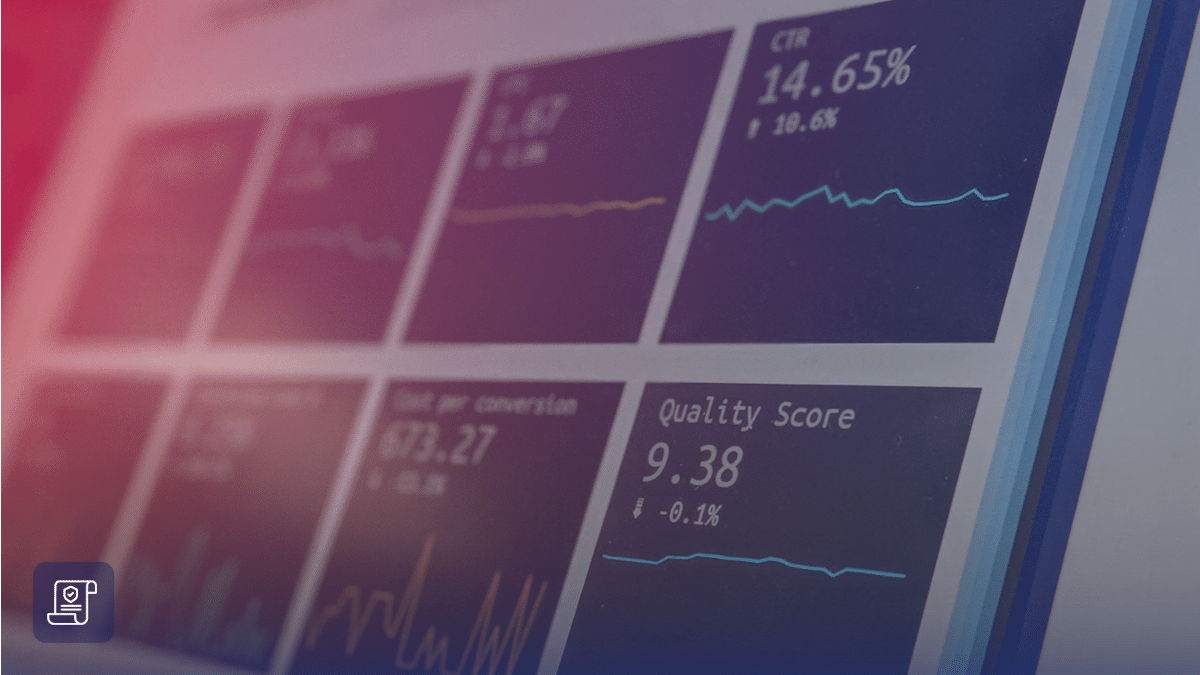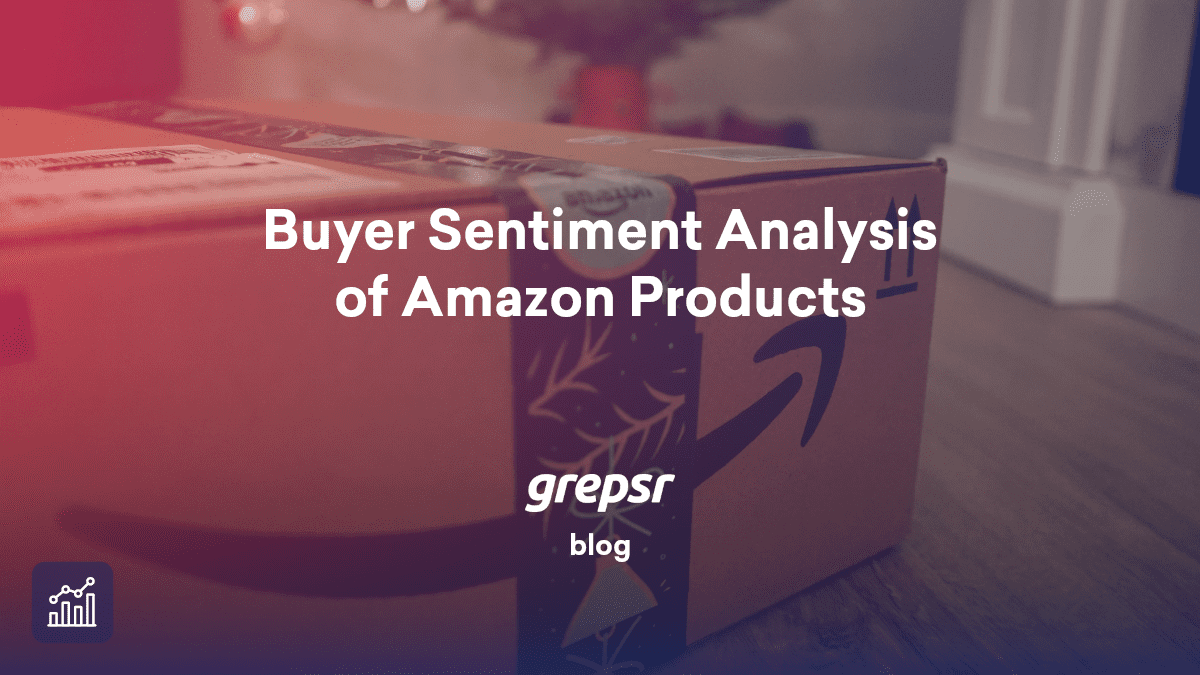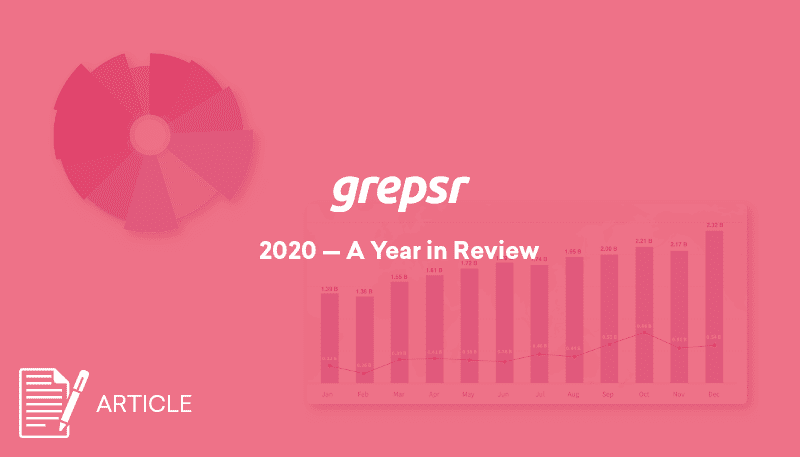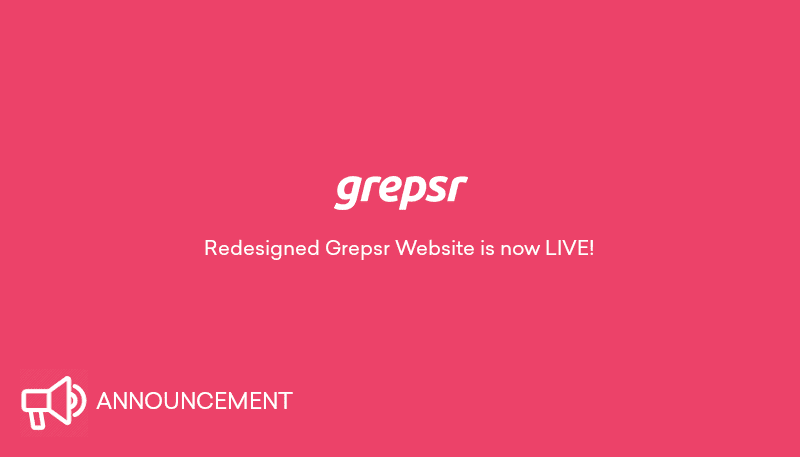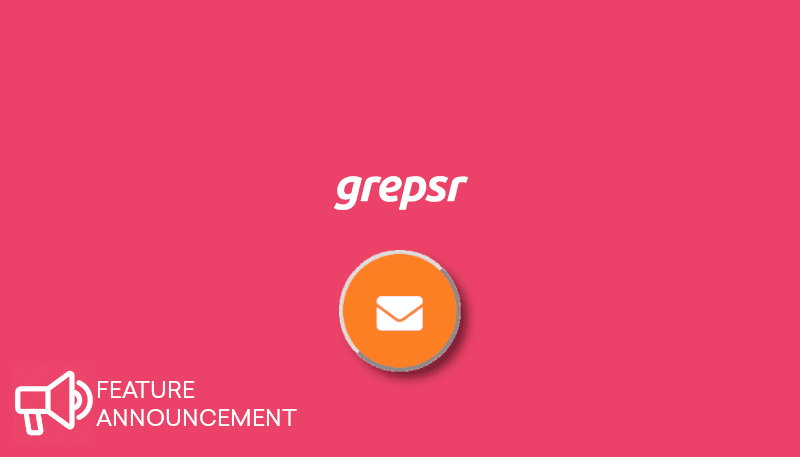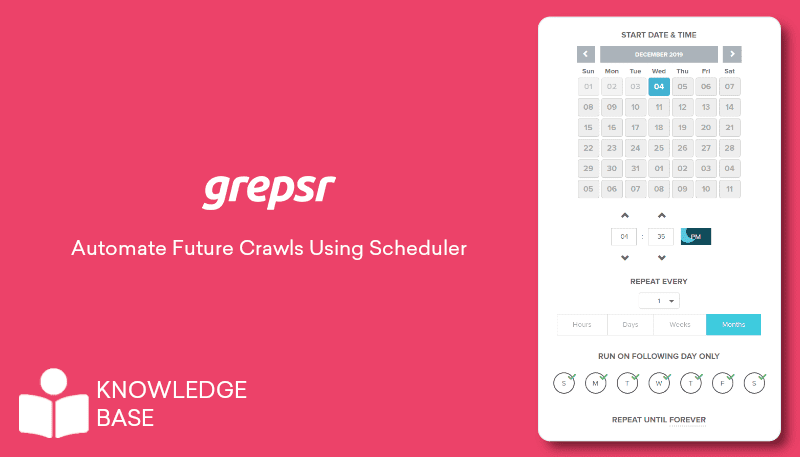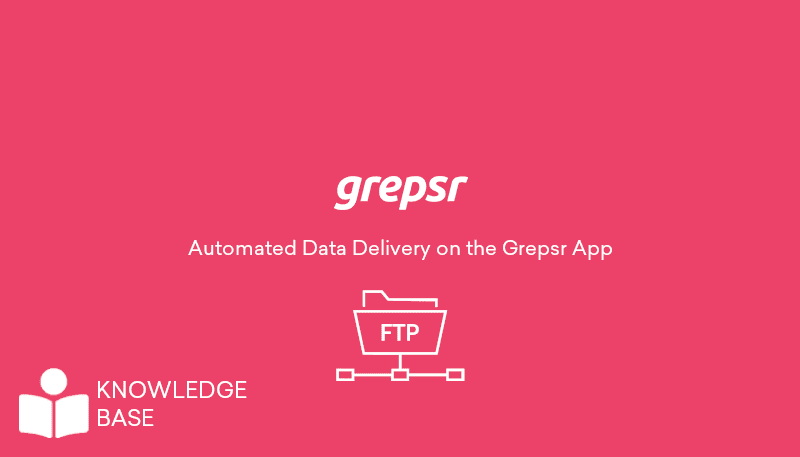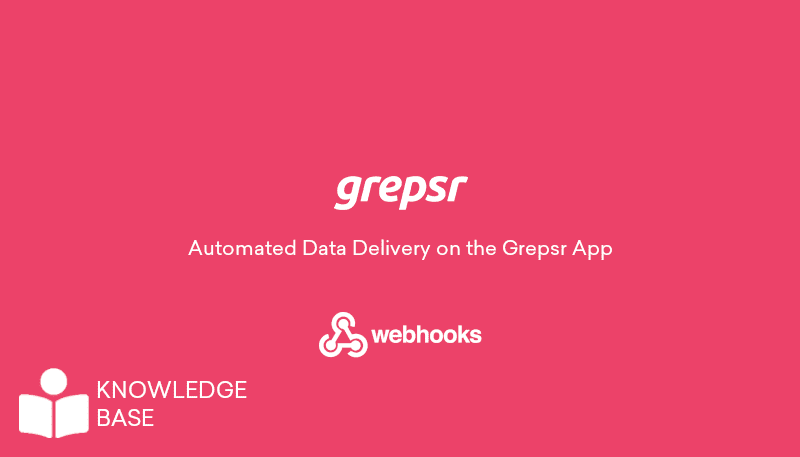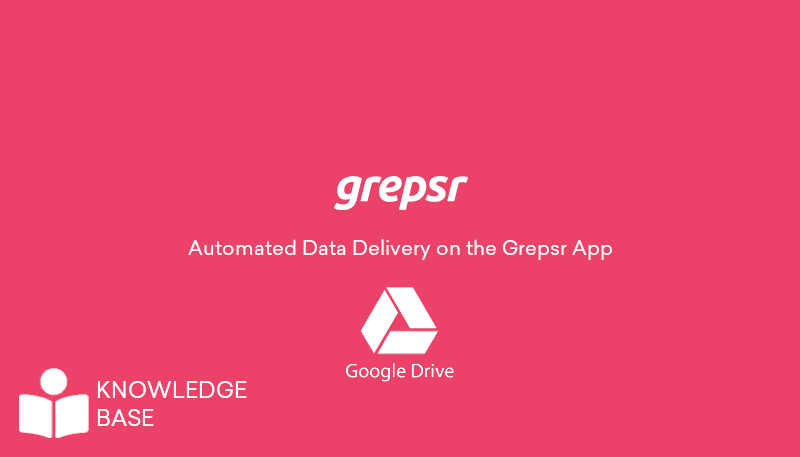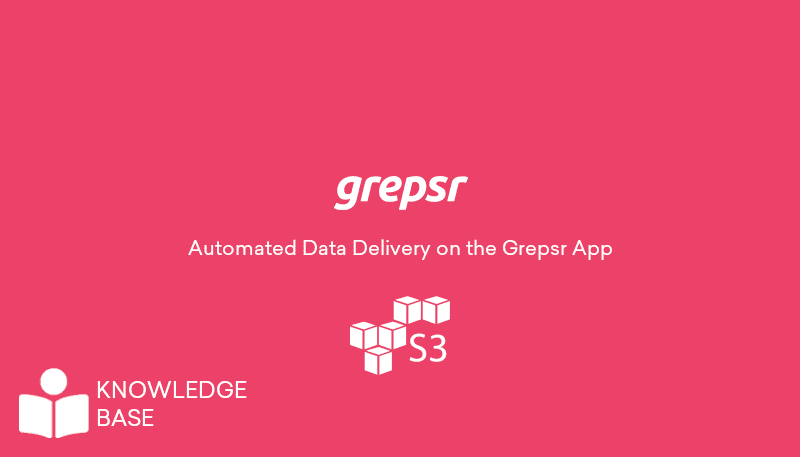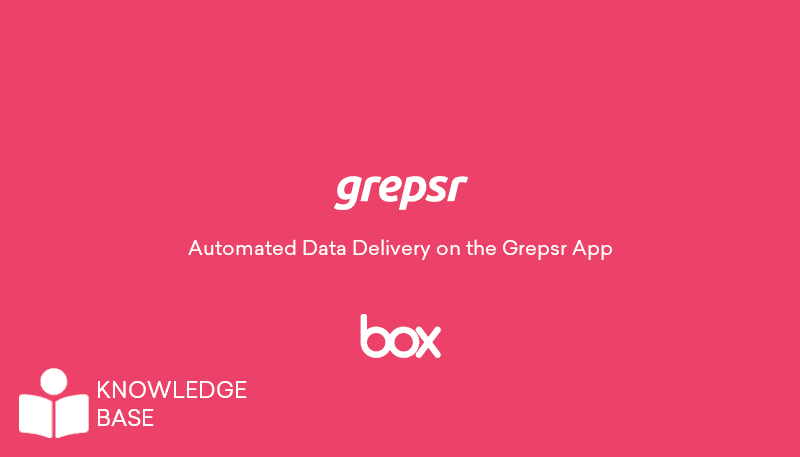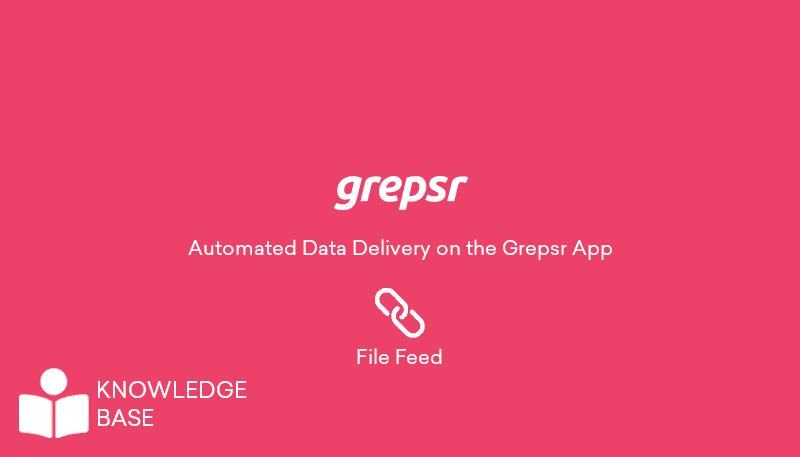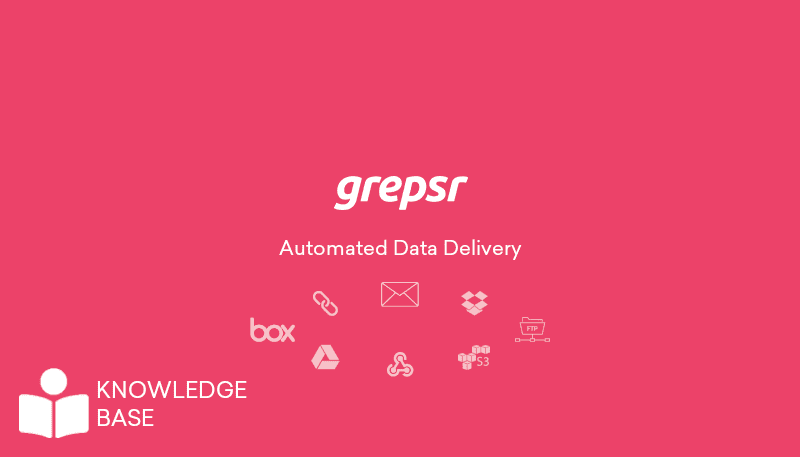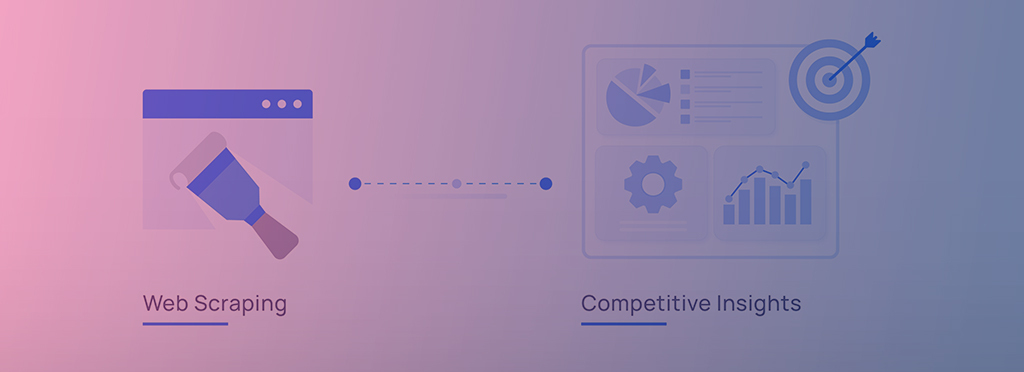
This blog breaks down web scraping—a powerful tool for extracting data to gain competitive insights. Discover how businesses can use it for pricing strategies, lead generation, and market analysis, along with beginner-friendly tips to get started.
Data is power. Gone are the days when people rigorously went through the trial-and-error process. In this digital landscape, those who can harness the power of data, especially in marketing, are already several chapters ahead of those who are still manually navigating the industry.
But data alone can only take you so far. It’s what you do with the information that you have that unleashes all the possibilities. Hence the importance of web scraping to come up with competitive insights for your websites. So, how do you do this?
What is Web Scraping?
With all its technicalities, you might be asking, “So, what is it for me?” Great question. Well, web scraping has been a major game-changer in various fields—even in industries you never expected.
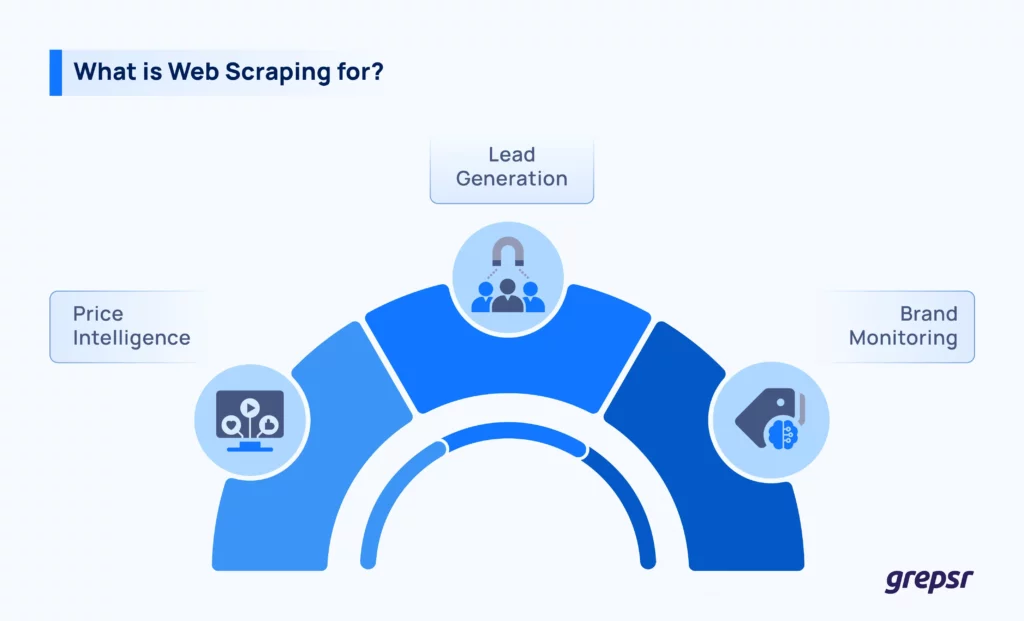
Often used to do competitive analysis, market search, and content aggregation, business owners can utilize the gathered data in making informed decisions for the products and services they offer.
- Price Intelligence. As the adage puts it: “Keep your friends close and your enemies closer.” You have to literally know your competitors’ products and pricing information—or what is currently trending. By extracting relevant information, you can now make smarter pricing and marketing decisions that can bring your business to the forefront of success. With significant data, you can quickly adapt to market changes, set competitive prices, and creatively develop better sales strategies to attract and retain your consumers.
- Lead Generation. Have you ever wondered why, even after exhausting all efforts to market your website, very few leads come in? What if you haven’t actually reached the exact individuals your products and services were made for? Well, web scraping can address this. By collecting valuable data, such as the most up-to-date contact information of your potential customers, you can easily identify what marketing campaigns may work and effectively target your market, ultimately saving you a lot of time, effort, and resources.
- Brand Monitoring. Most importantly, you need to know your market standing and reputation. Web scraping helps do this by allowing you to track competitor pricing for exact and similar products and services. This also helps you gain insight into how people view your brand, allowing you to proactively address concerns and issues before they escalate.
How to Scrape Data from a Website: A Beginner’s Guide
There are actually several ways to scrape a website. In fact, you can do it with no coding involved, such as:
- Manual copy and paste. Probably the easiest and most straightforward way to scrape data from a website. Unfortunately, this is quite taxing and not that feasible when dealing with large datasets.
- Use of browsing extensions. Uh-huh, you can also utilize web scraper extensions available in Chrome to perform specific, pattern-based web scraping to automate data extraction from your browser. For instance, Pline, Pline is a powerful, user-friendly tool designed to streamline data extraction workflows. Available as a browser extension in the Chrome store, it allows you to extract data effortlessly—without the need for any coding. Ideal for automating web data extraction, especially from e-commerce product listings, Pline simplifies the process and enables you to gather data for further analysis with ease.
- Utilization of web scraping tools and services. Since coding can be too technical for many, several tools and applications were made for scraping websites without needing to code.

To implement these, it is crucial that you are familiar with the basic steps of web scraping, which include:
1. Identifying the target website. To start with, you have to be certain about what websites contain the most relevant data for your data gathering and analysis. Note that web scraping requires a significant amount of time; that’s why it is crucial to make the most of your resources and time by selecting the right targets from the beginning.
2. Inspecting the website. What exactly do you need? With so many things that you can gather from a website, you have to set your priorities: identify the information that you want to collect and determine how useful they are for your website or business.
Right-clicking anywhere on the website’s front end provides you with options like ‘inspect element.’ From there, you can start to pinpoint which specific data elements you want to extract. Doing this can help streamline your efforts and focus on gathering the most relevant data.
3. Checking legal compliance. While there is no problem with copying information that is already made available to the public, it is not without potential legal risk. The importance of privacy and data protection is recognized among countries around the world. Therefore, it is important to adhere to privacy laws and website terms of service.
4. Choosing a scraping tool. Of course, before web scraping, you have to finalize what scraping tool you would want to use—one that is tailored to your needs and your capabilities for implementation. It is a general rule of thumb to choose a tool that matches your technical proficiency and the complexity of the data you would want to extract, just like knowing the best YouTube TV VPN to use before accessing geo-restricted content. Knowing what you are doing ensures a smooth and efficient scraping process, allowing you to gather the data you need without unnecessary obstacles.
5. Cleaning and Organizing Data. As mentioned earlier in this article, data alone can only take you so far. It has to make sense. Hence, you need to refine the data gathered, strip out irrelevant, redundant, and duplicated information, and format it in a way that is suitable for analysis. Through this, you can draw accurate insights for your website.
Can You Implement Web Scraping on Your Website?
Now that you are at least familiar with the basics, it’s about time we address the elephant in the room: can I DIY web scraping? Yes, but only to some extent, with some caveats. There are tons of videos and reels over social media that encourage you to give it a try—because it’s “so easy” to do.
However, it is important to note that there’s a big difference between learning and implementing what you know. It requires a certain amount of understanding of programming languages like Python, familiarity with machine learning tools (even those that do not require coding), not to mention ethical and legal considerations as well.
Web scraping to gather competitive insights for your website is no doubt a rewarding endeavor, personally and professionally.
But if your skills and time can be better utilized in growing your business, it might be wiser to outsource or entrust this task to professionals who will handle web scraping with expertise and precision, ensuring it’s done professionally without any experimentation.
Entrust this task to professionals who will handle web scraping with expertise and precision, ensuring it’s done professionally without any experimentation.
This way, you can focus on making more strategic decisions, come up with innovative solutions, and concentrate your efforts on the critical aspects that can drive growth and success for your business.
If you’ve reached this part, this means that you’ve finally realized the many possibilities that web scraping can do for your website. Whether you do it yourself or let the experts handle it for you, the potential is immense. Ready to make it happen?








